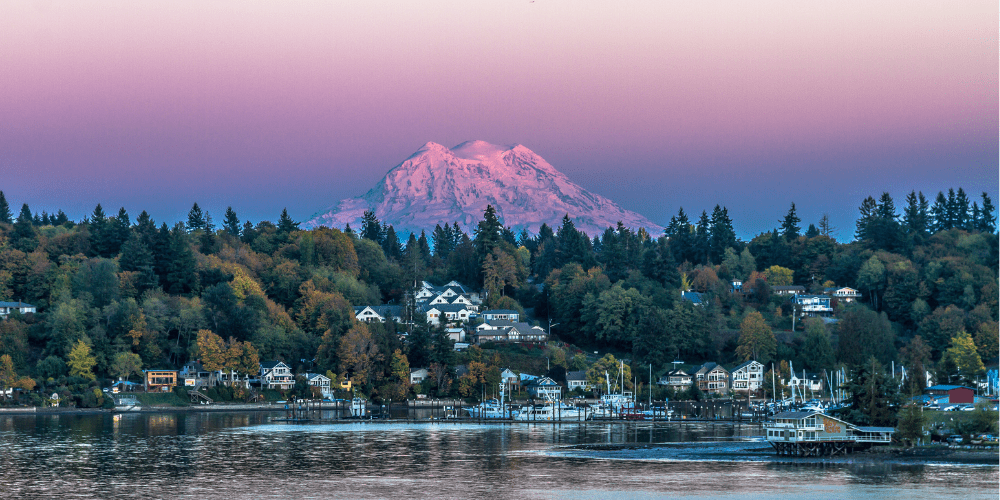
Washington State is considered the best state economy in the USA for several reasons, as highlighted by a WalletHub report. The state excels in various economic indicators, including GDP change, exports per capita, and the share of jobs in high-tech industries and STEM fields. Washington ranks first overall in economic performance, second in economic activity and innovation potential, and 14th in economic health.
Key Contributors to Washington’s Economy
Major Companies
Microsoft: As a global leader in software, services, devices, and solutions, Microsoft significantly contributes to the state’s economy through job creation, innovation, and substantial tax revenues.

Amazon: Headquartered in Seattle, Amazon is a major employer and economic driver, influencing sectors from retail to cloud computing.
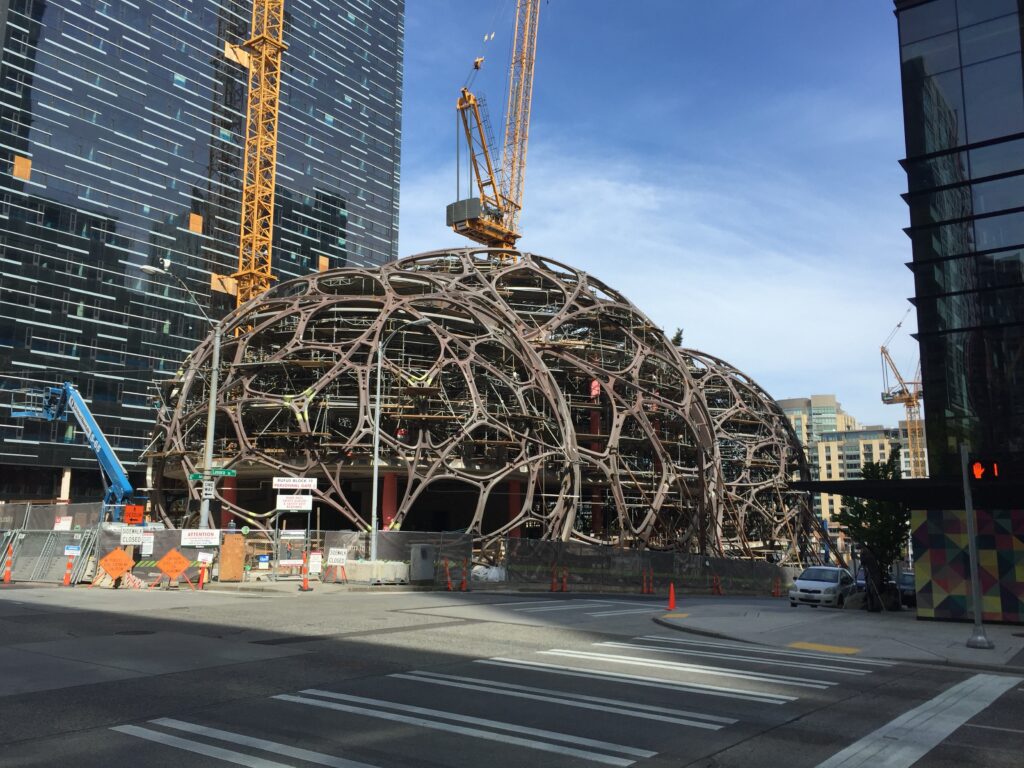
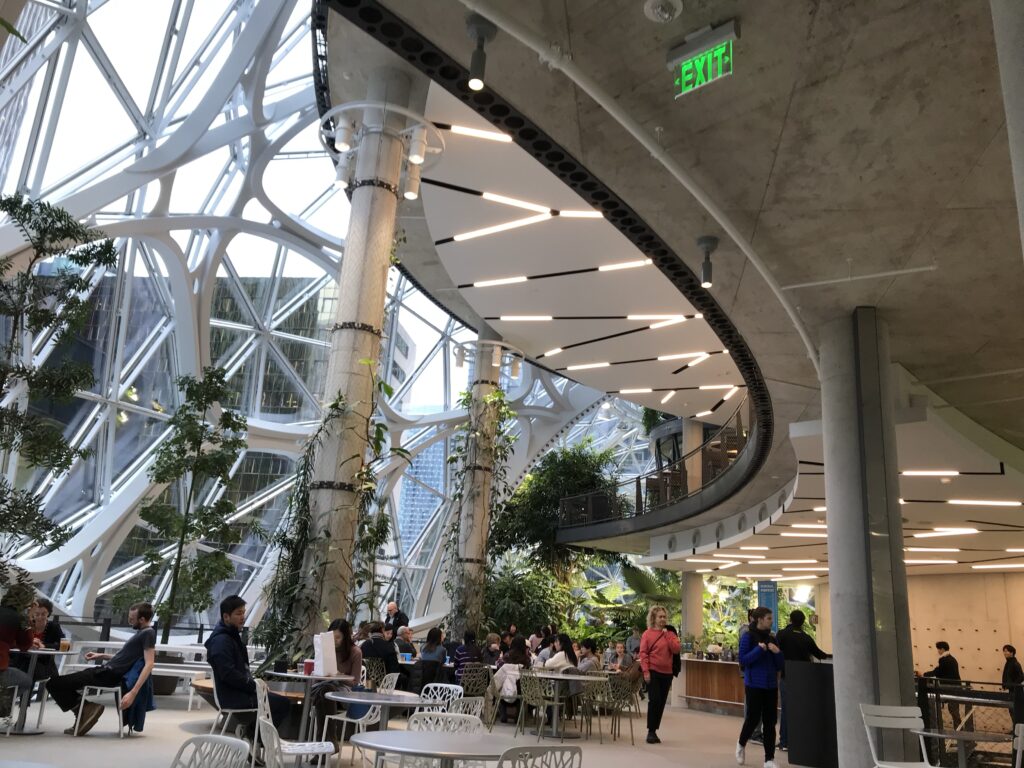
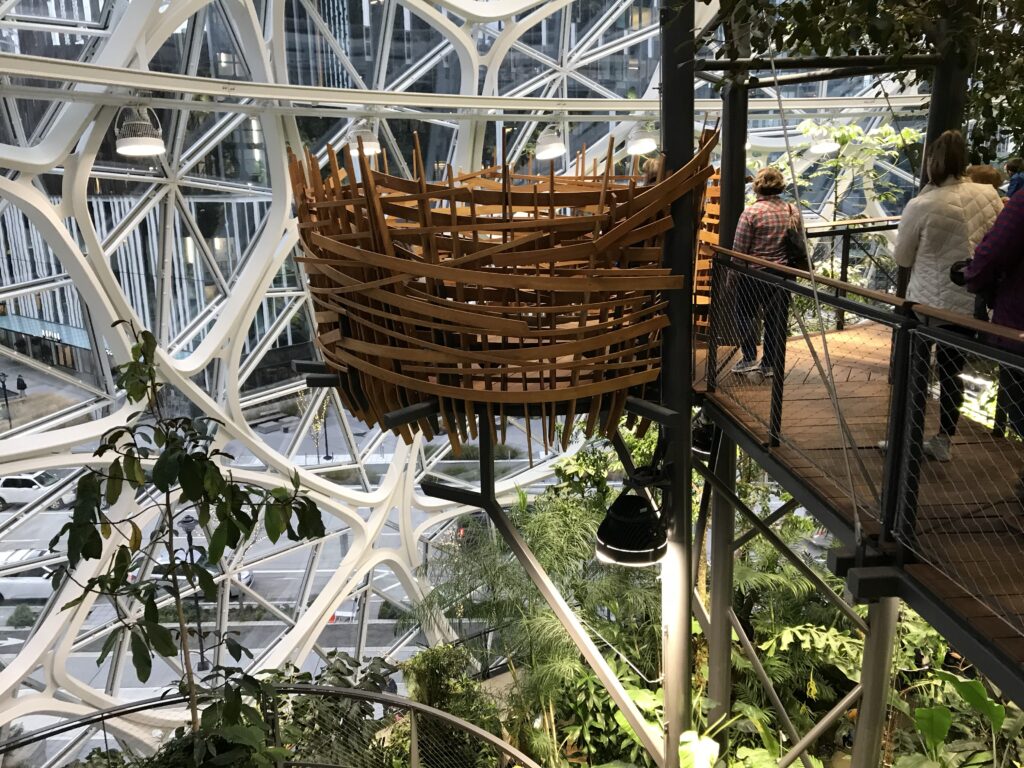


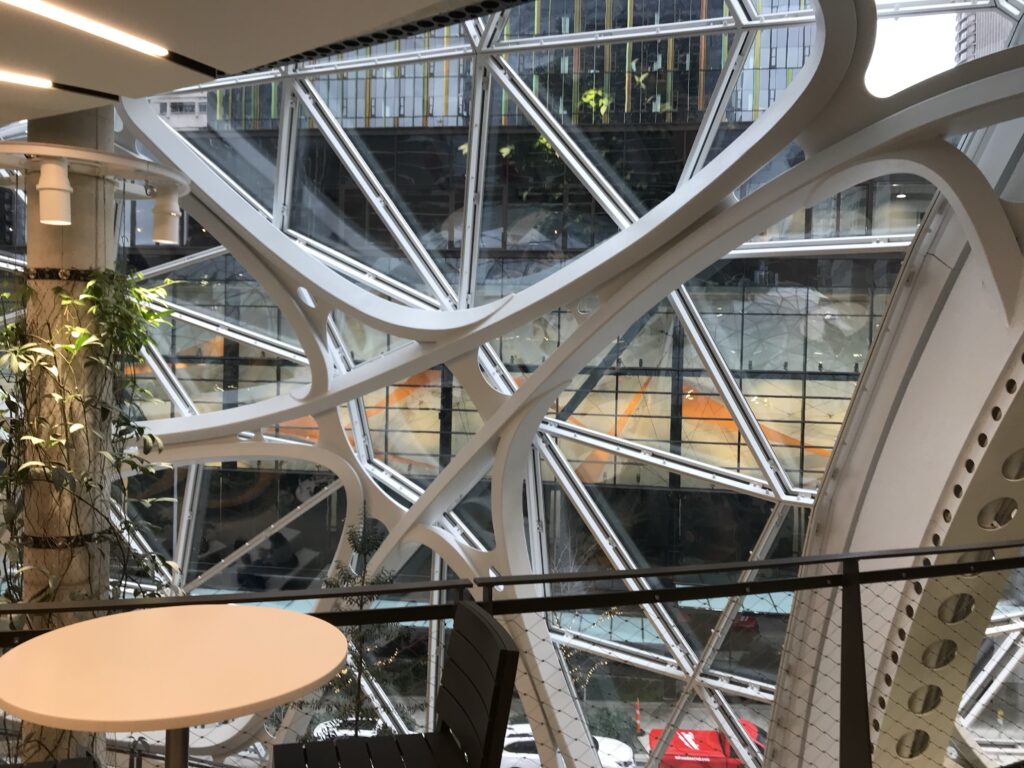
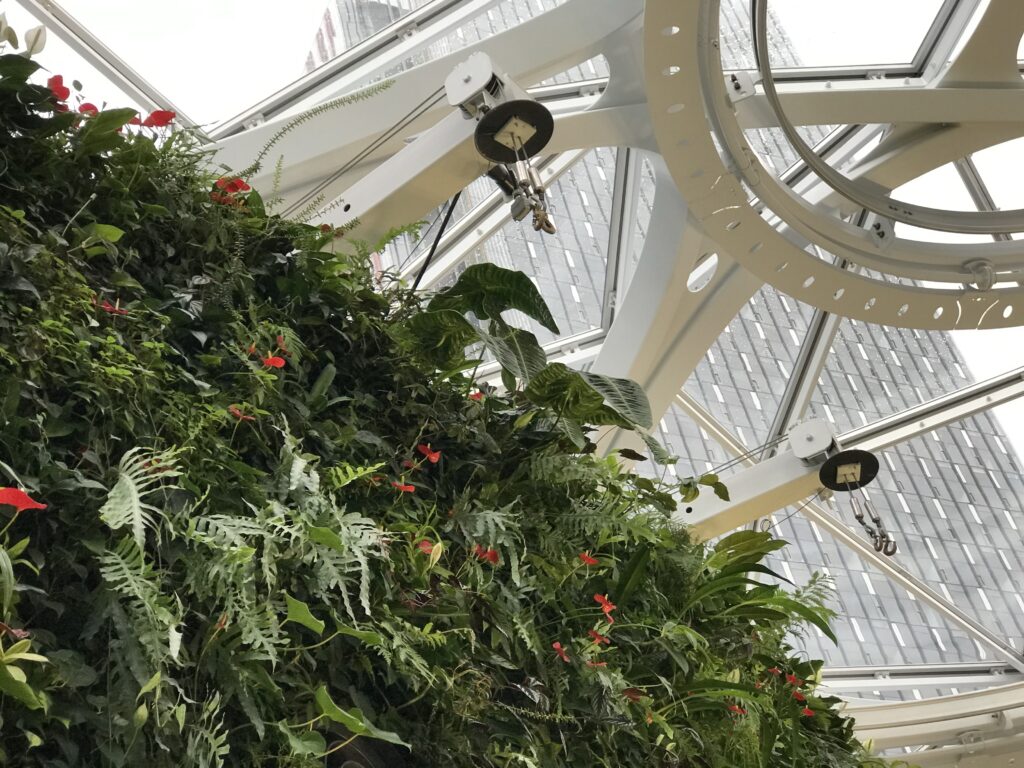
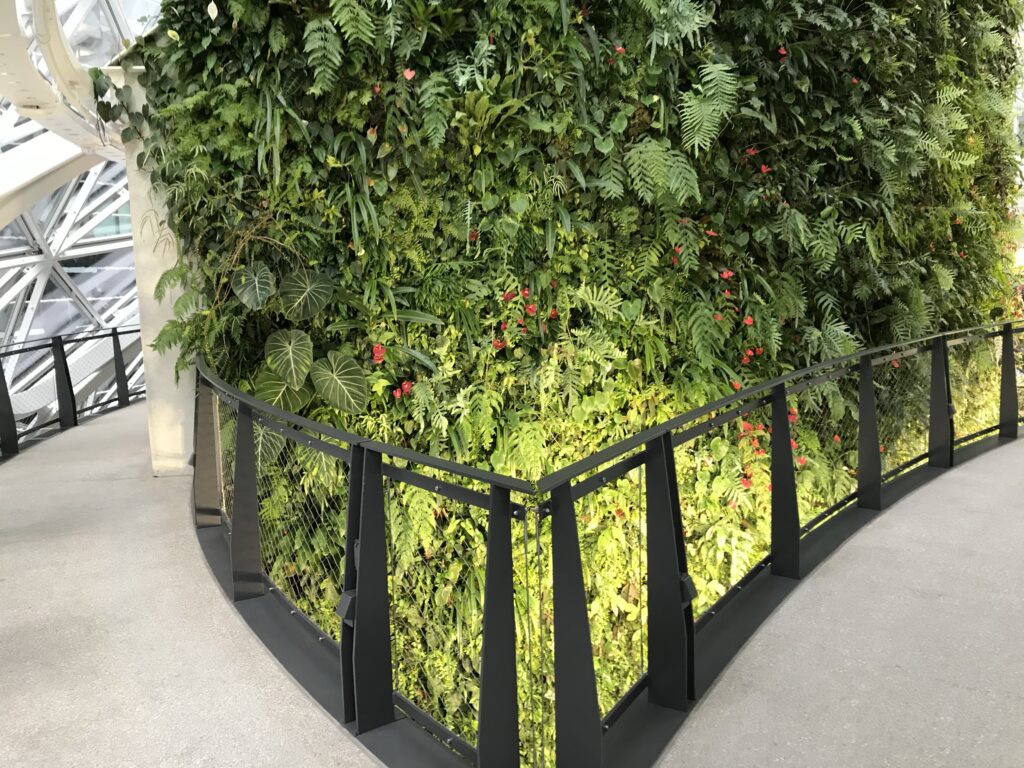

Boeing: The aerospace giant has a long history in Washington, contributing to the economy through manufacturing, exports, and high-paying jobs.

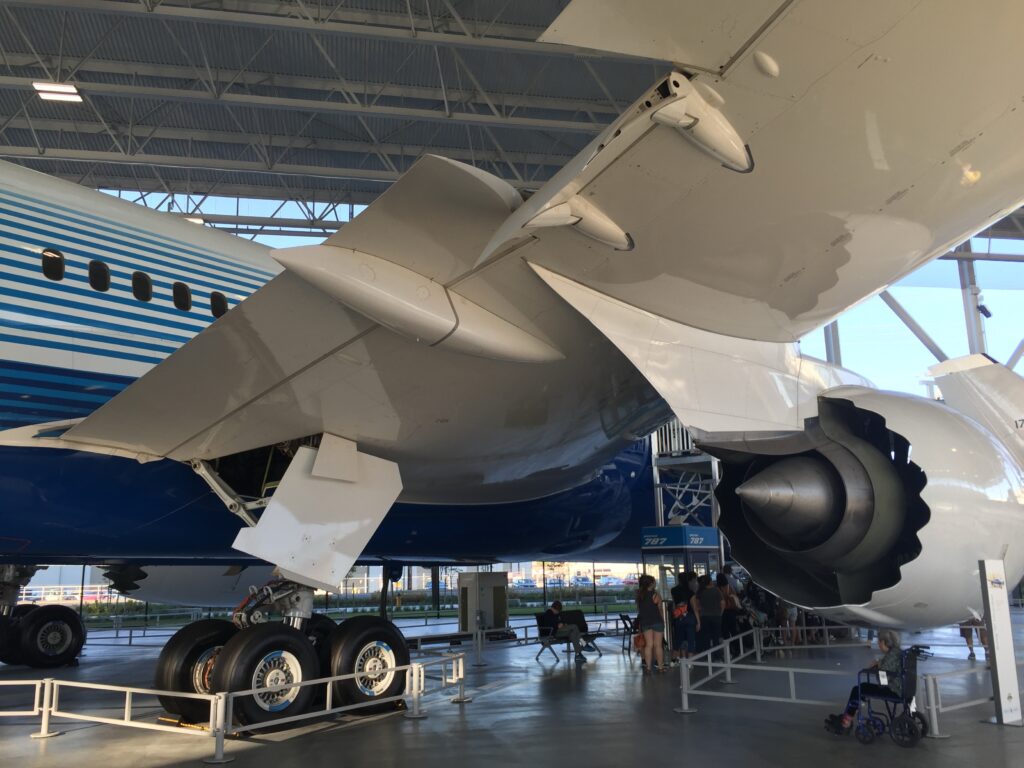
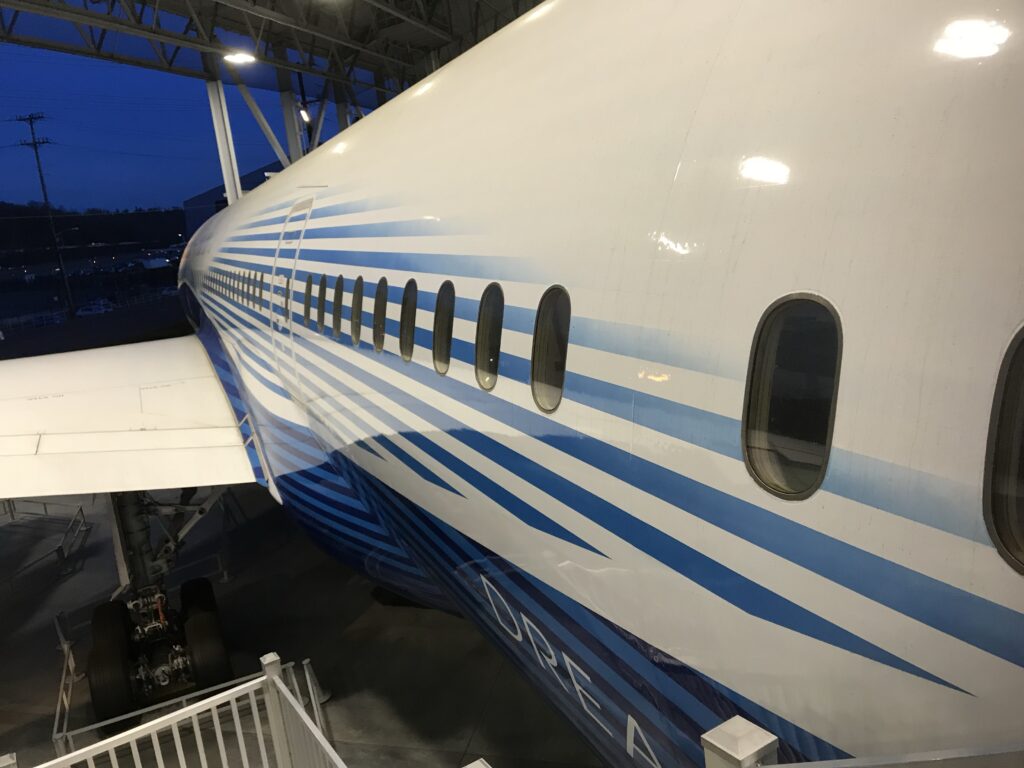
Starbucks: The coffee chain, also based in Seattle, impacts the economy through its global operations, local employment, and community initiatives.
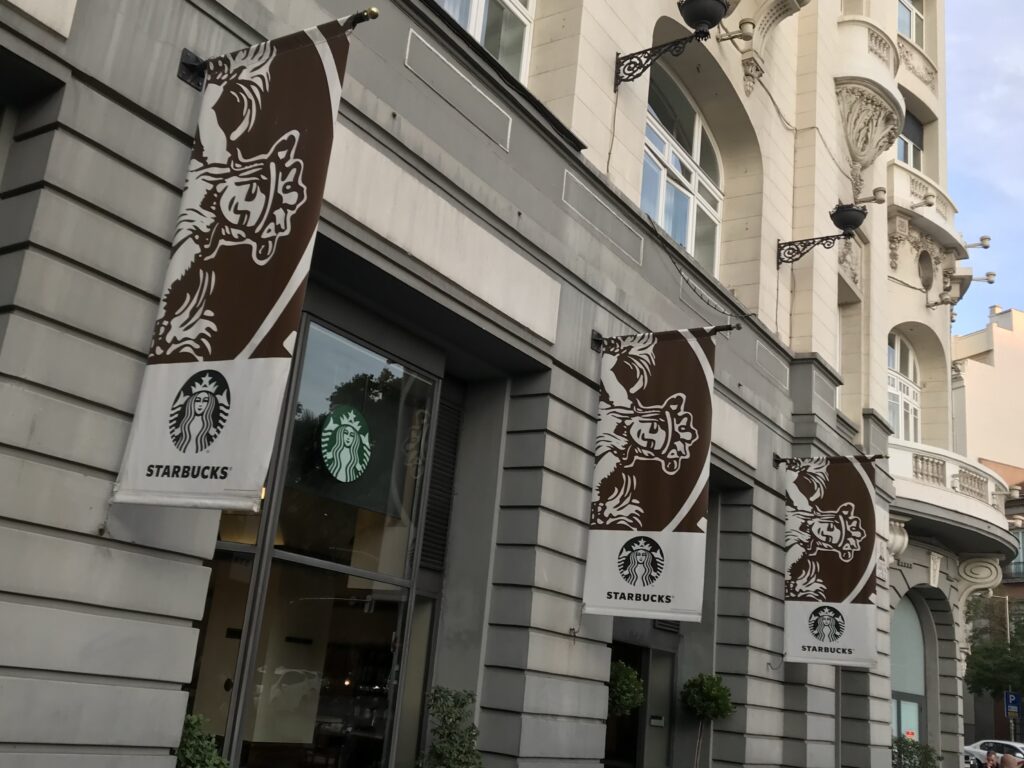
Alaska Airlines: As a major airline headquartered in Seattle, it supports the economy through tourism, travel, and employment.
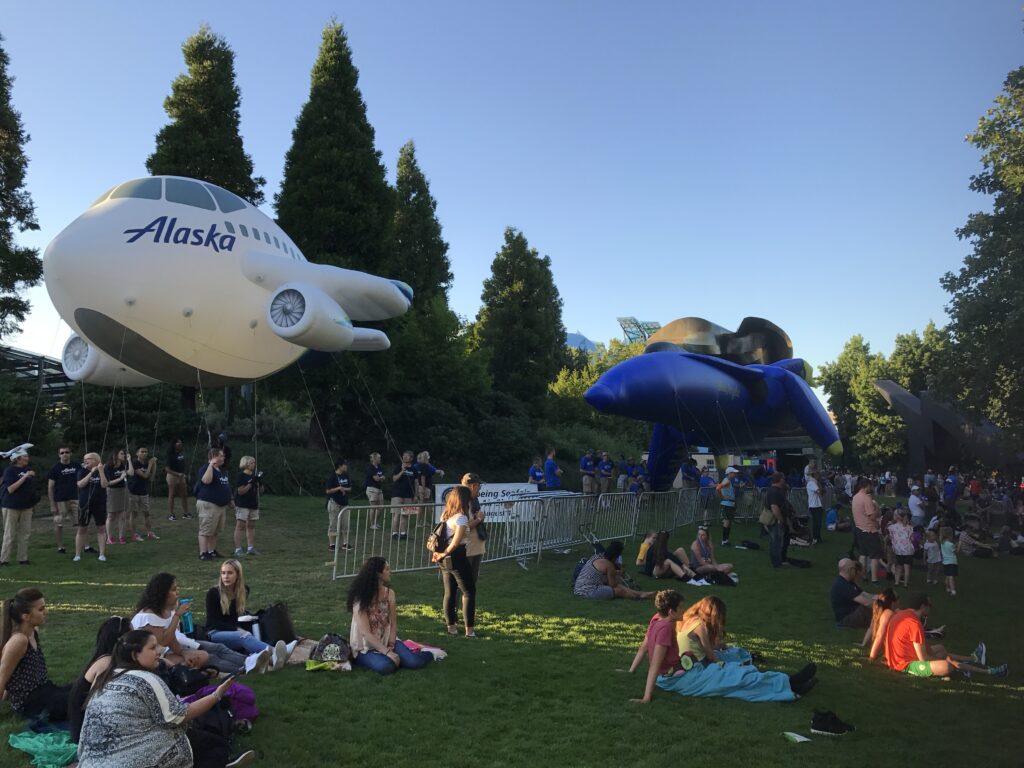
Fred Hutch Cancer Center: This research institution contributes through healthcare innovation, research funding, and employment.
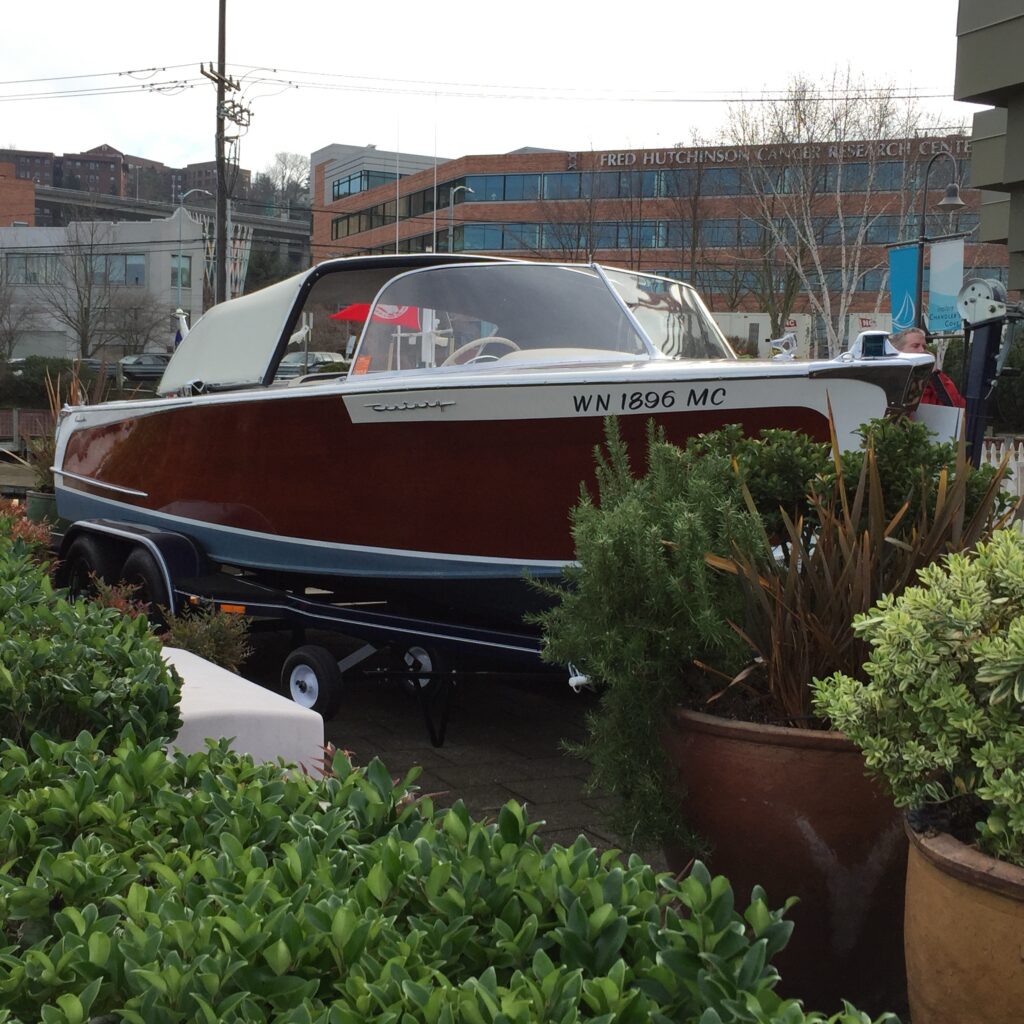
University of Washington: A leading public research university, it drives economic growth through education, research, and partnerships with industries.
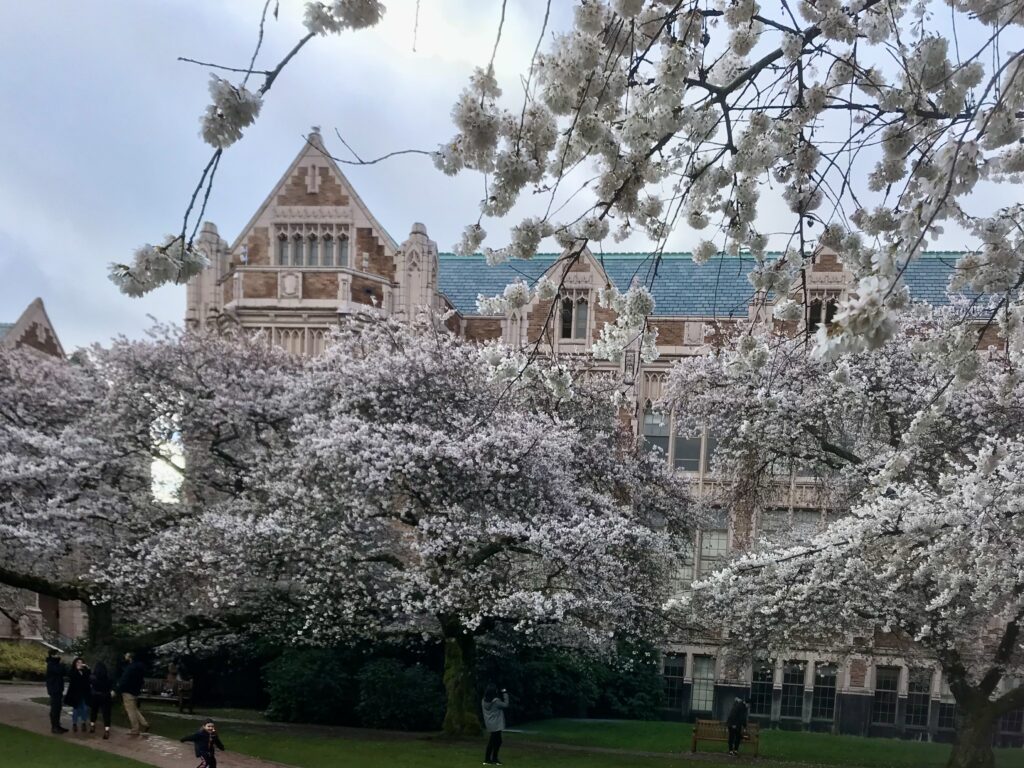
Tourism
Tourism is the fourth largest industry in Washington, generating $22.1 billion annually and employing over 180,000 workers. Popular tourist attractions include:
Space Needle: Offers panoramic views of Seattle and its surroundings.
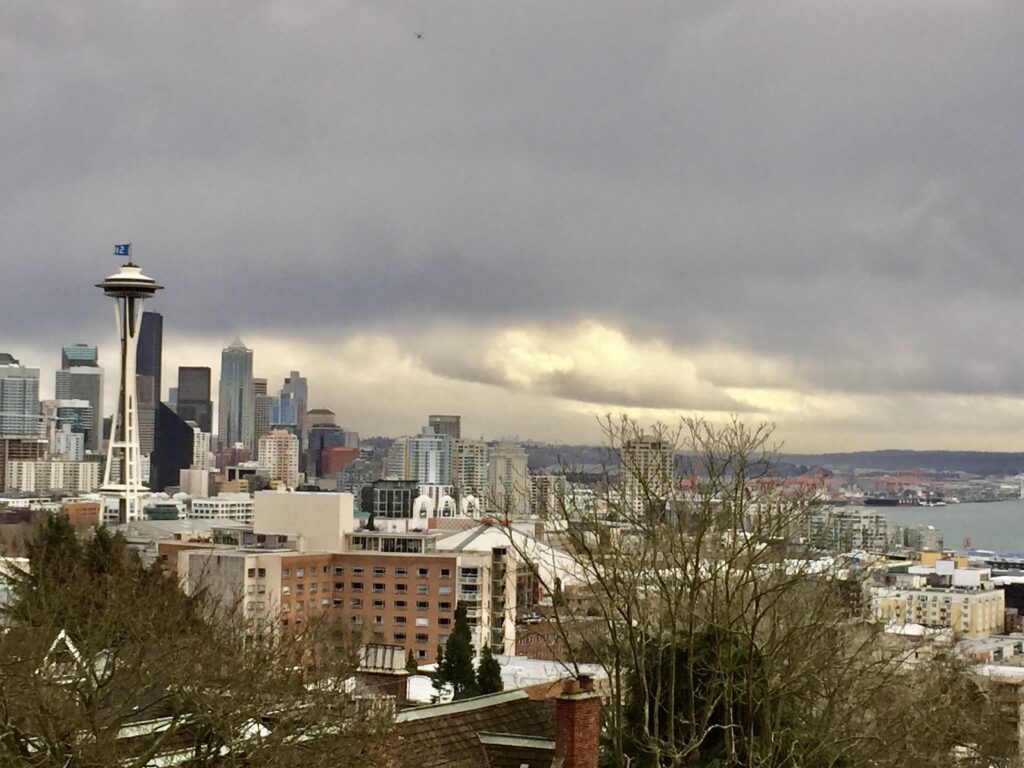
Pike Place Market: Known for fresh seafood, local produce, and artisan crafts.
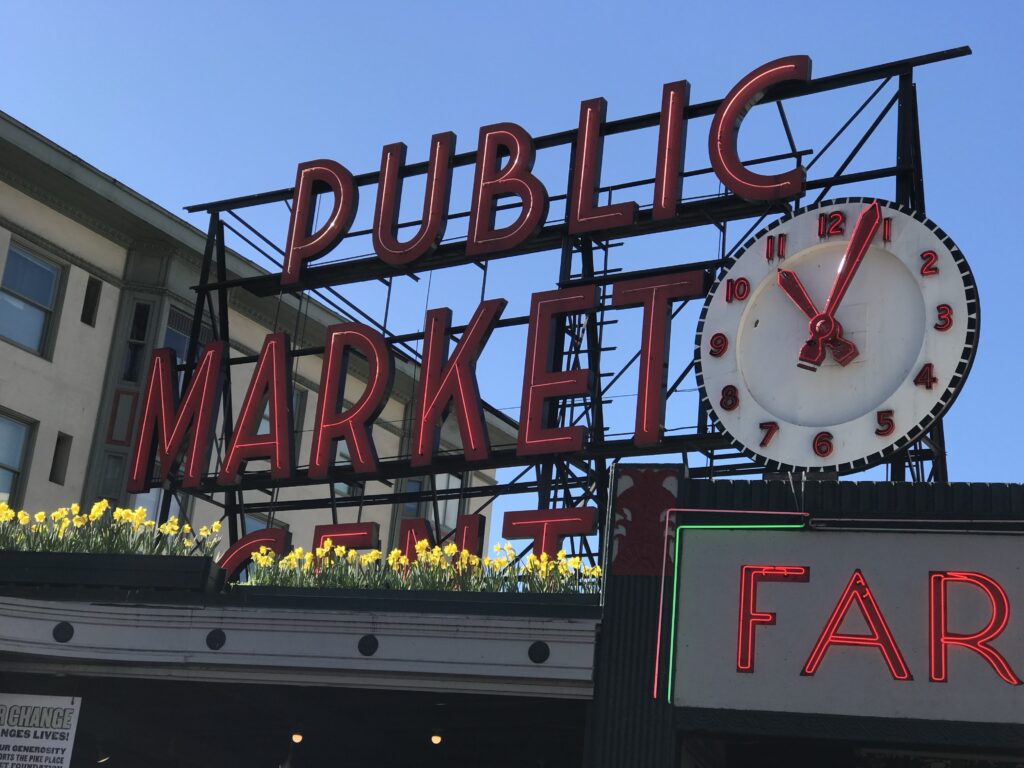
Mount Rainier National Park: Features hiking, camping, and stunning natural scenery.
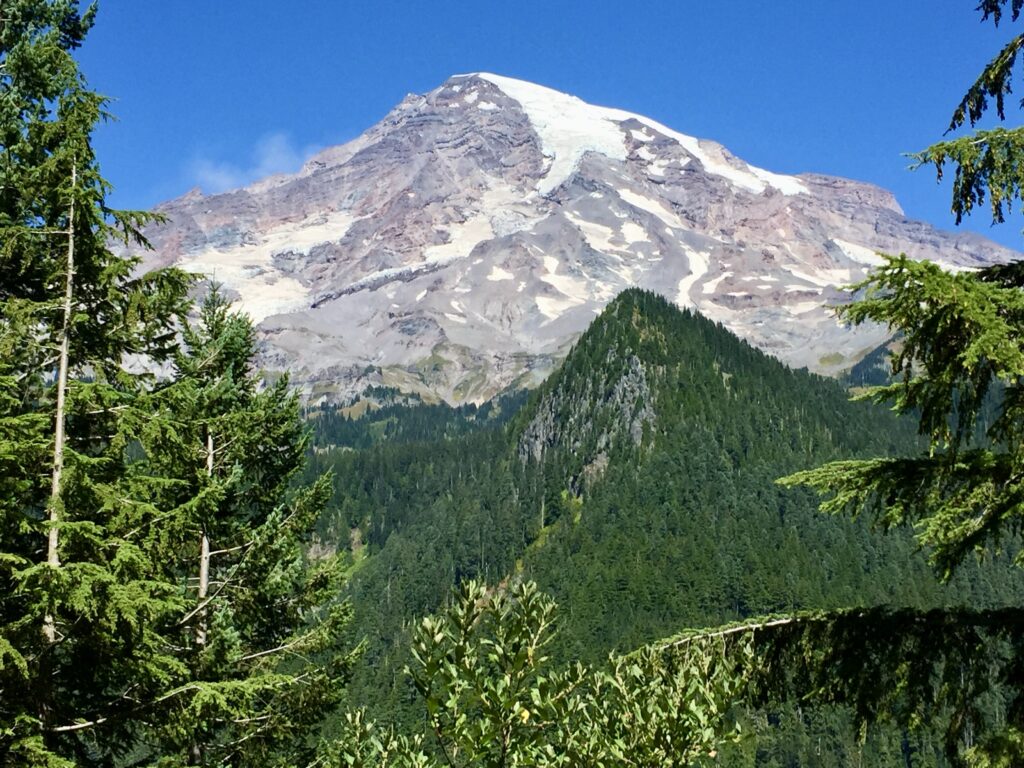
Olympic National Park: Known for its diverse ecosystems and outdoor activities.
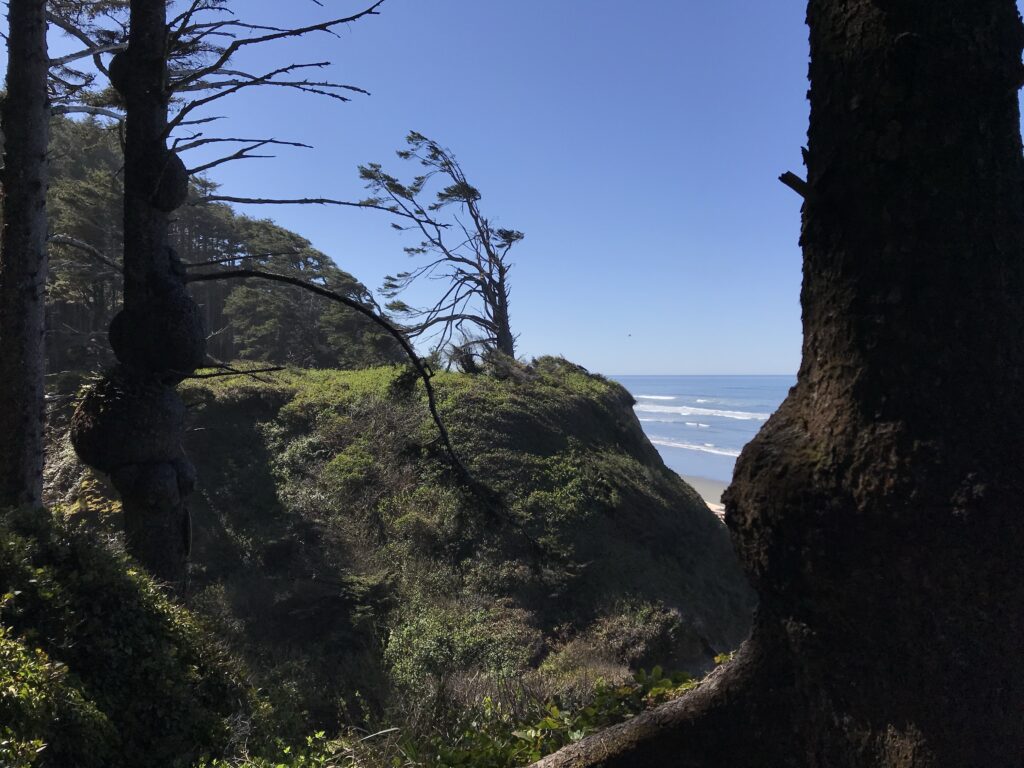
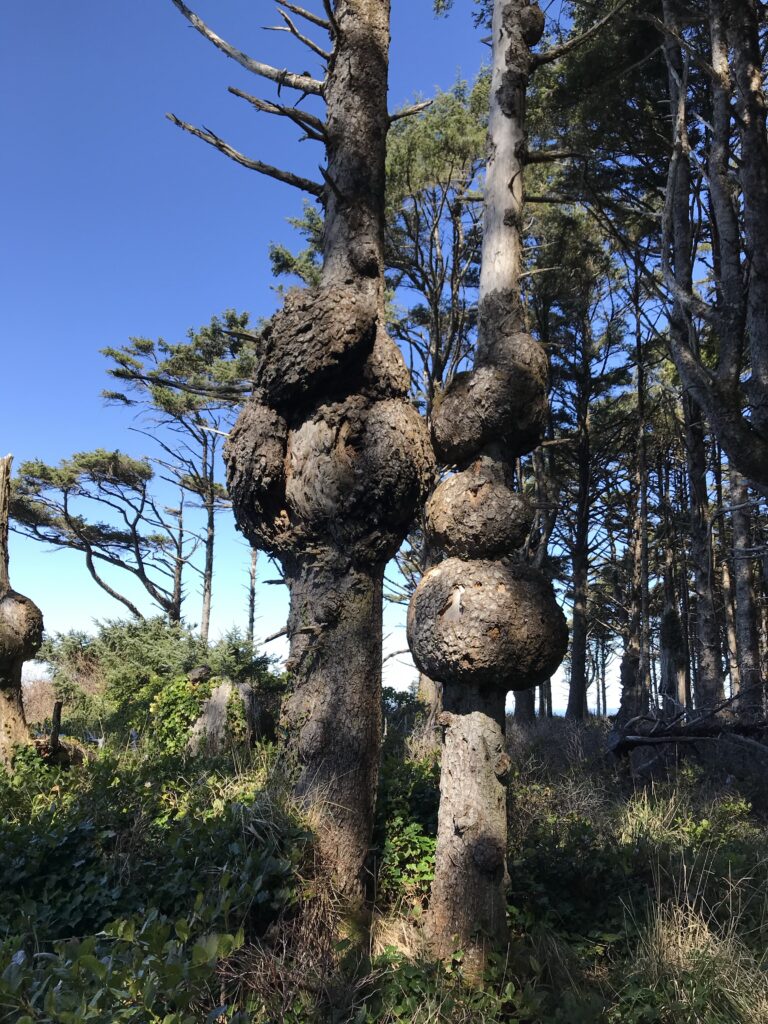
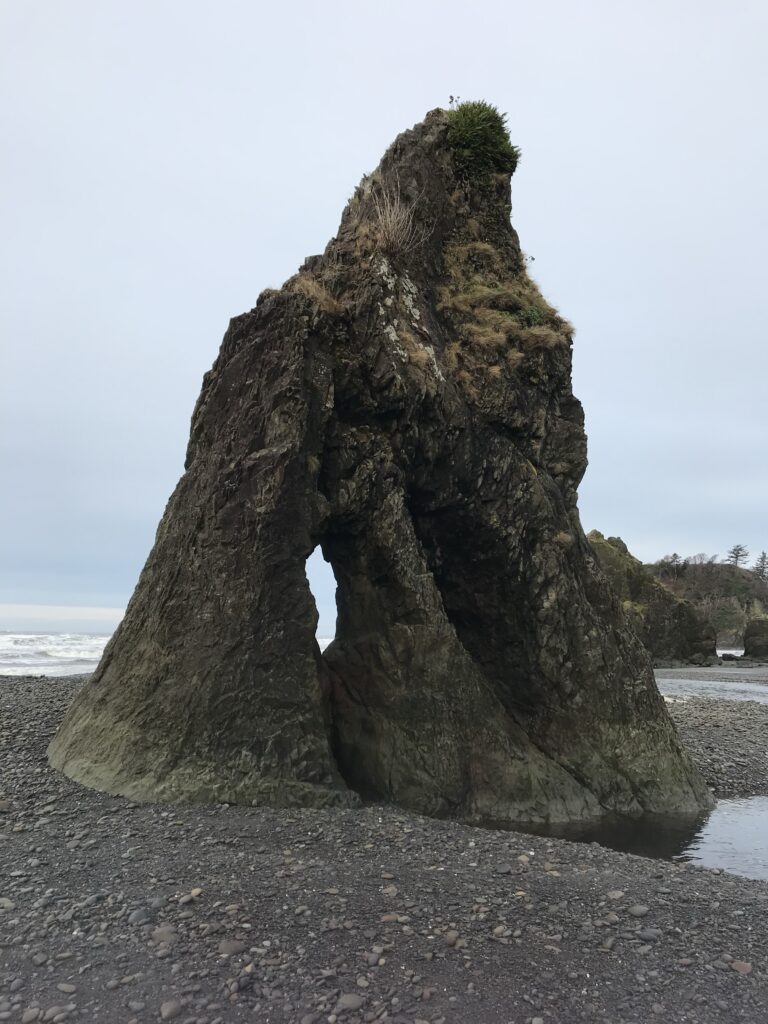
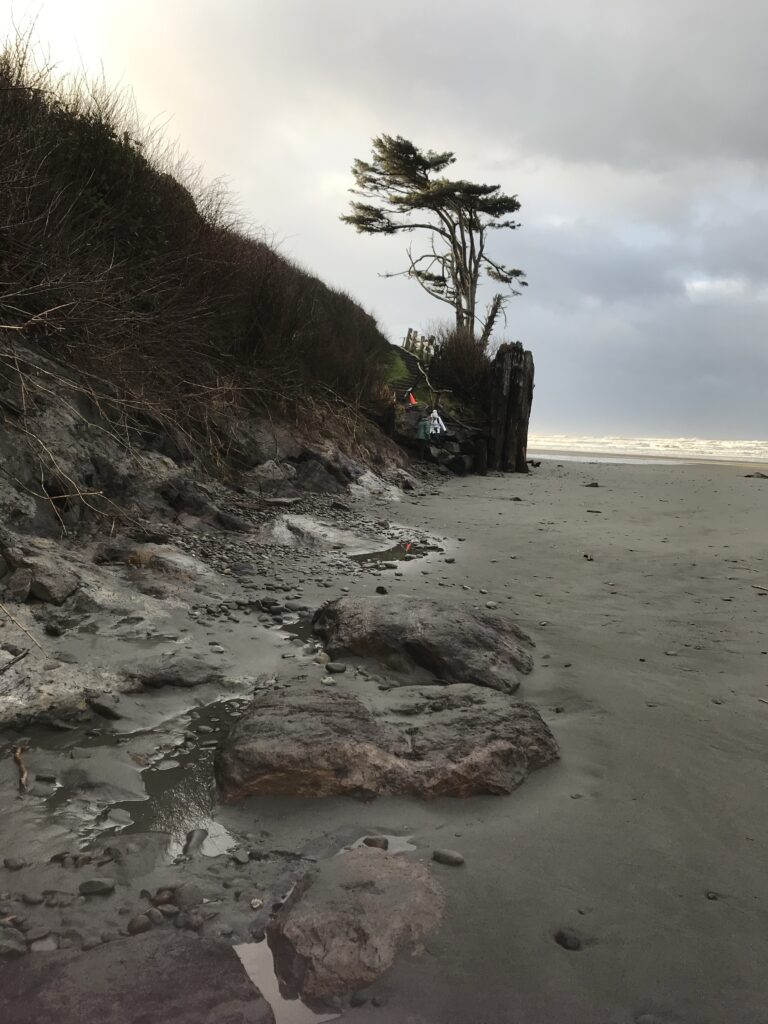
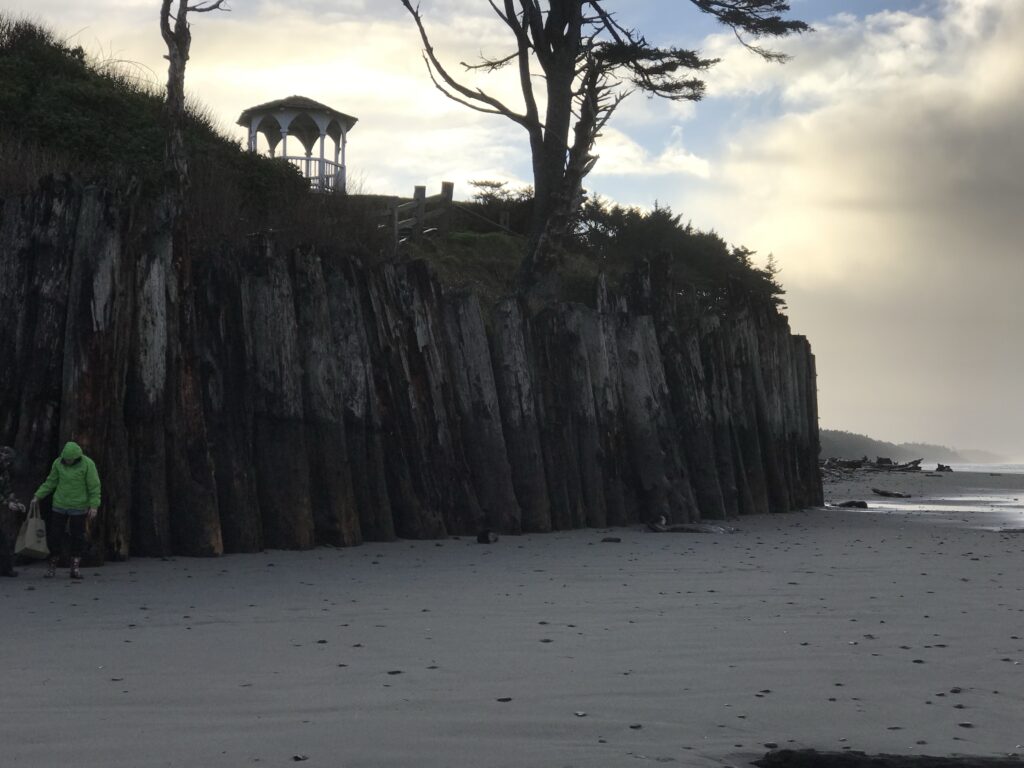
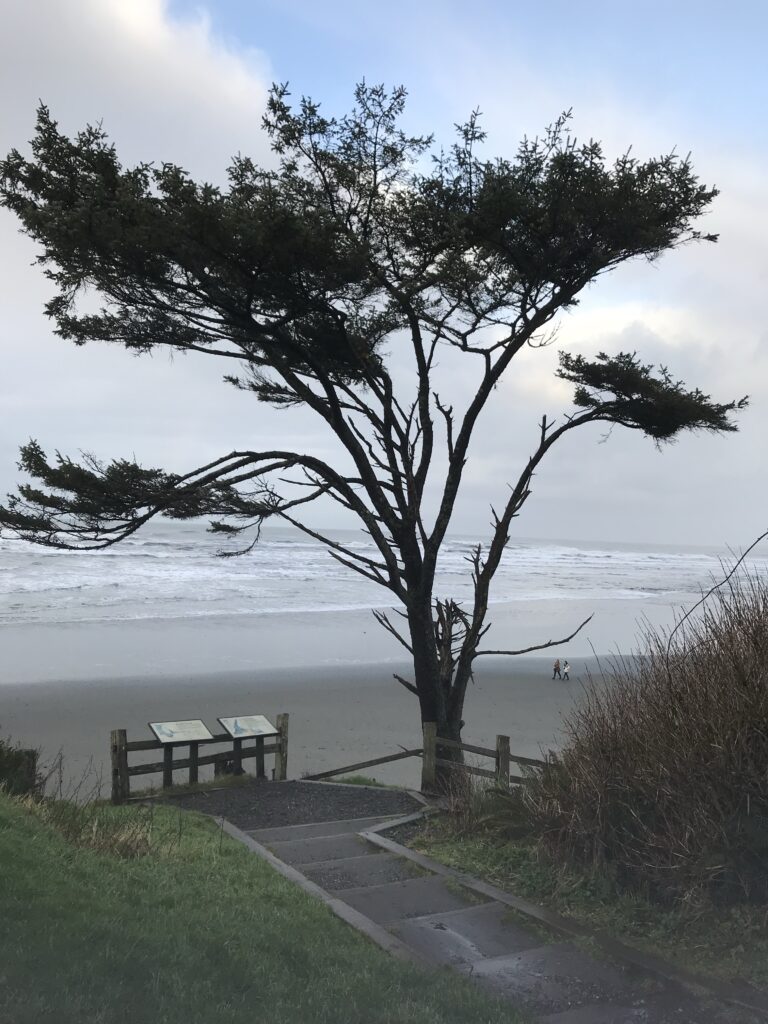
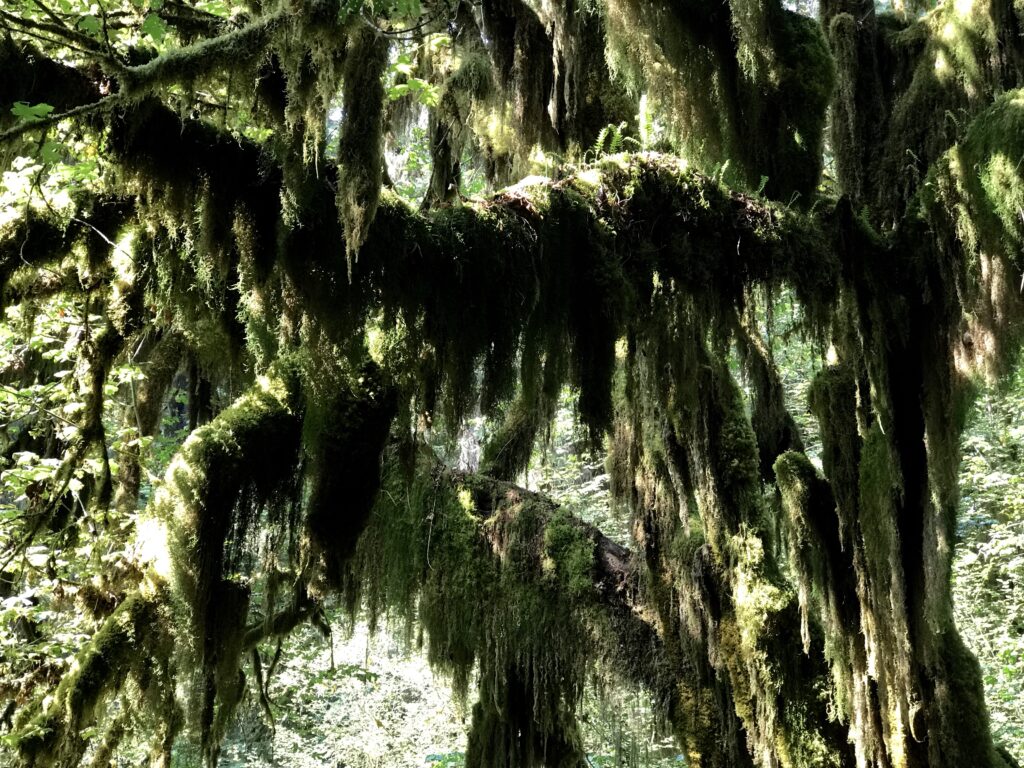
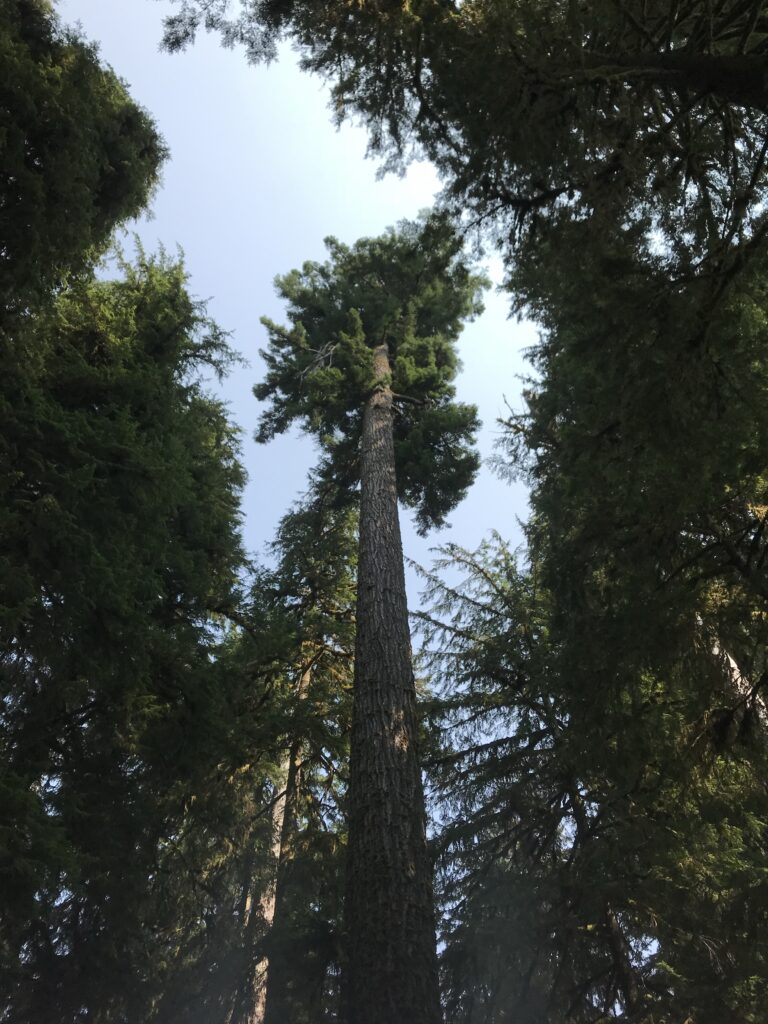
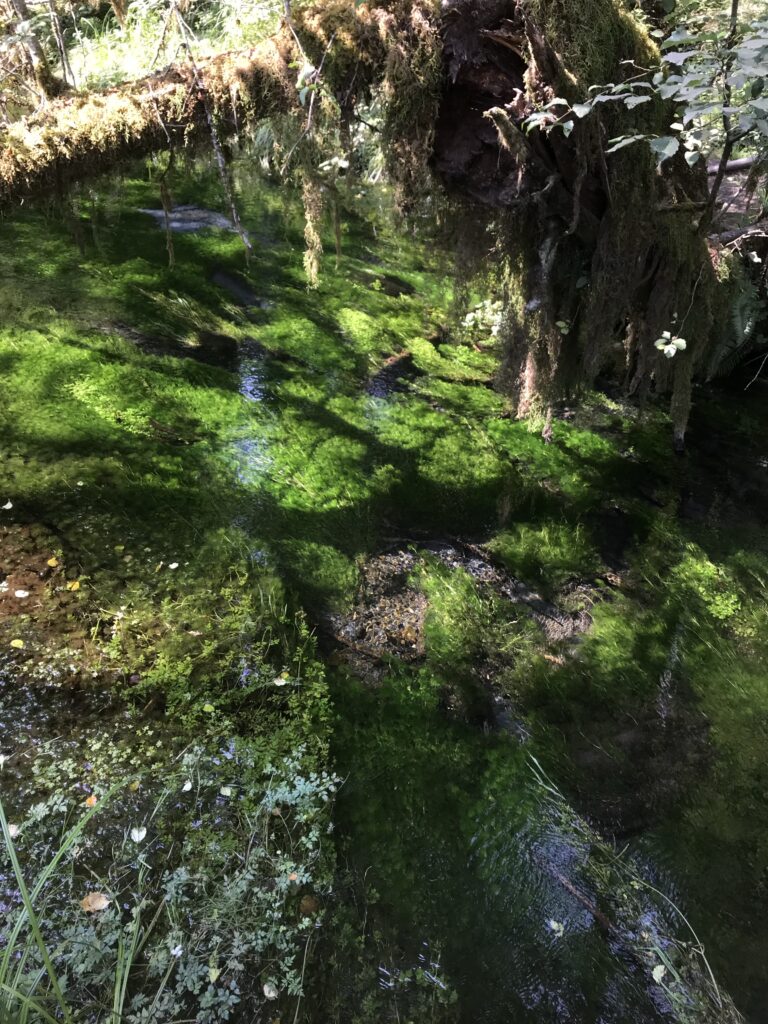

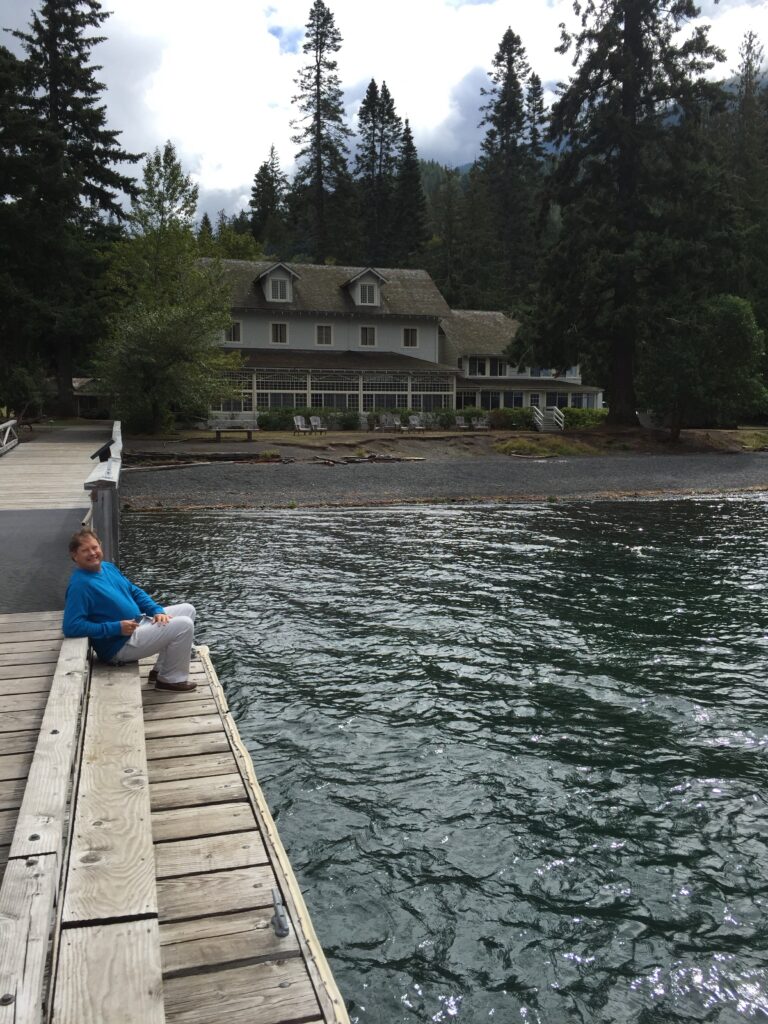
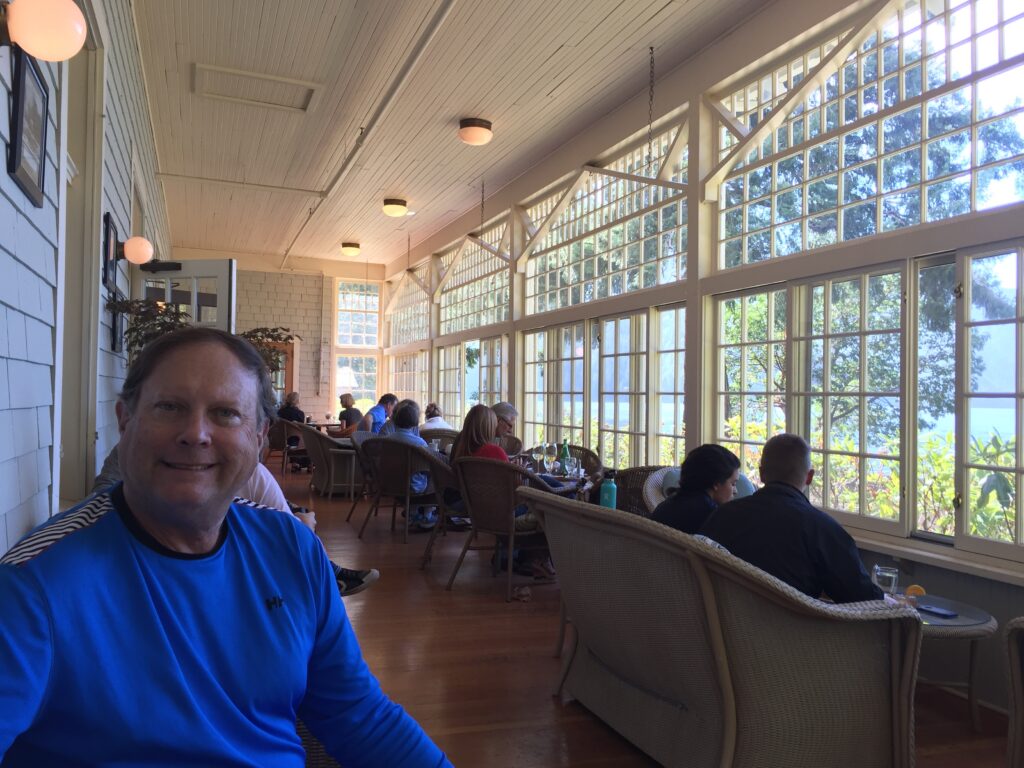
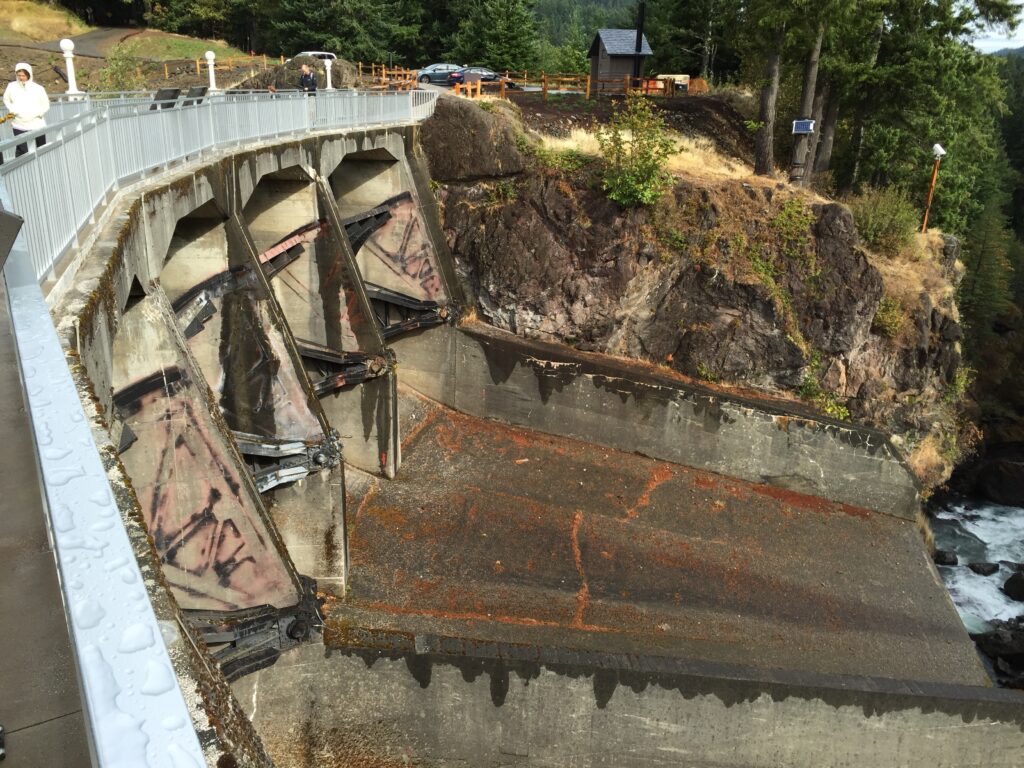
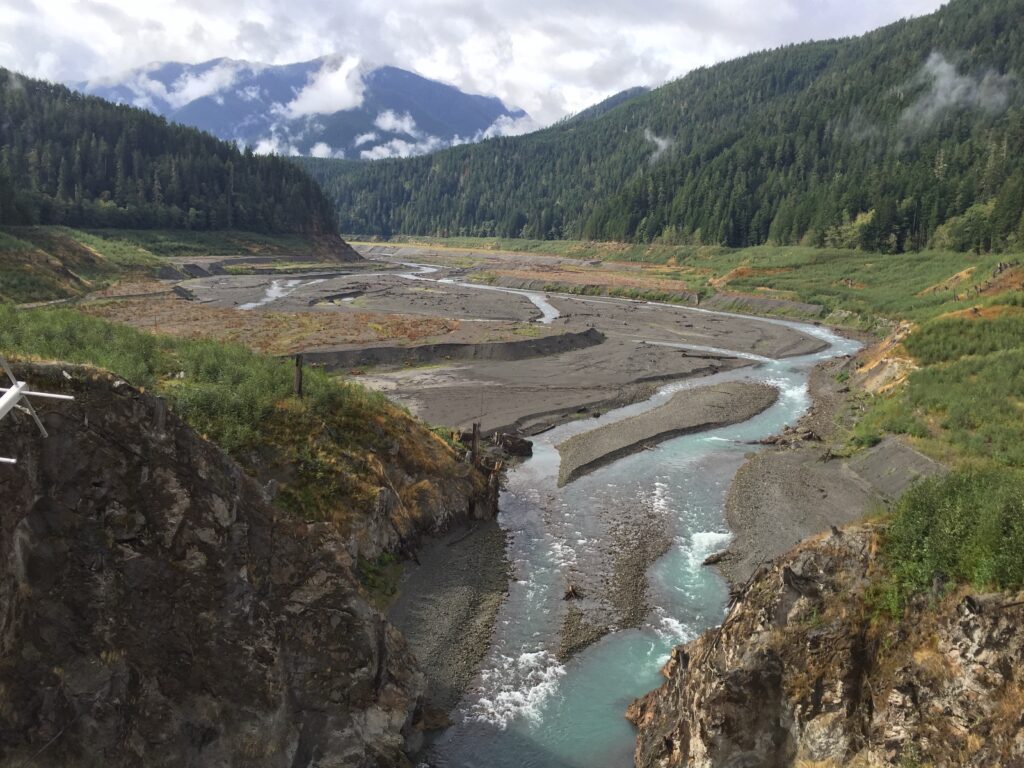
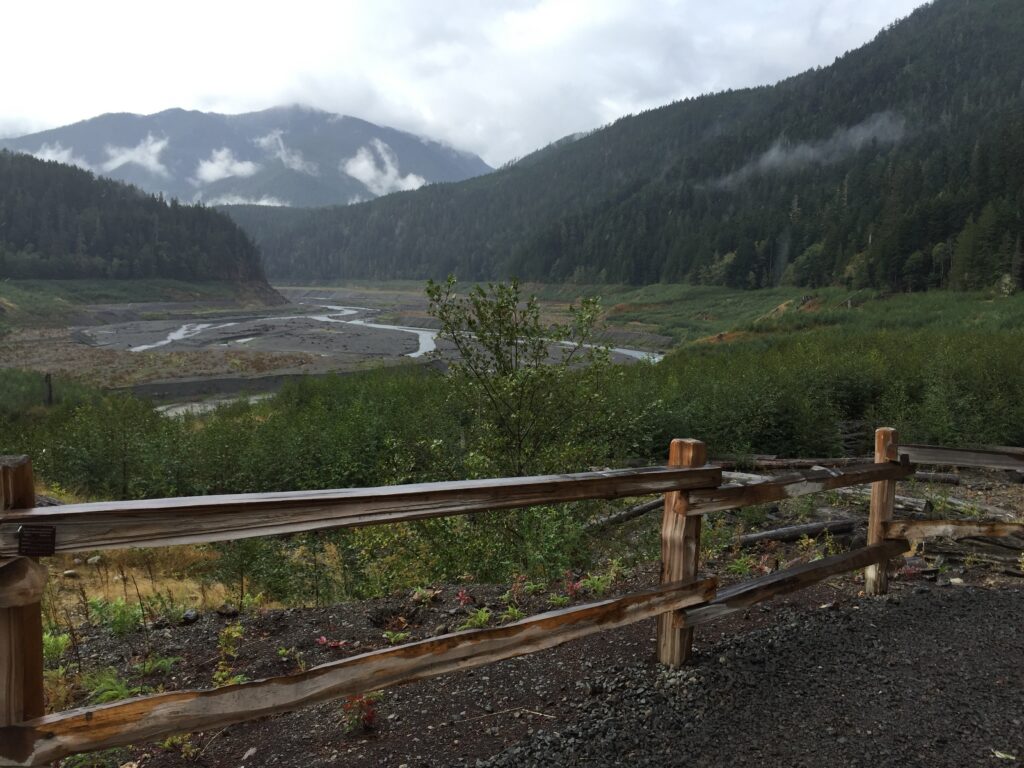
San Juan Islands: Popular for whale watching, kayaking, and scenic beauty.
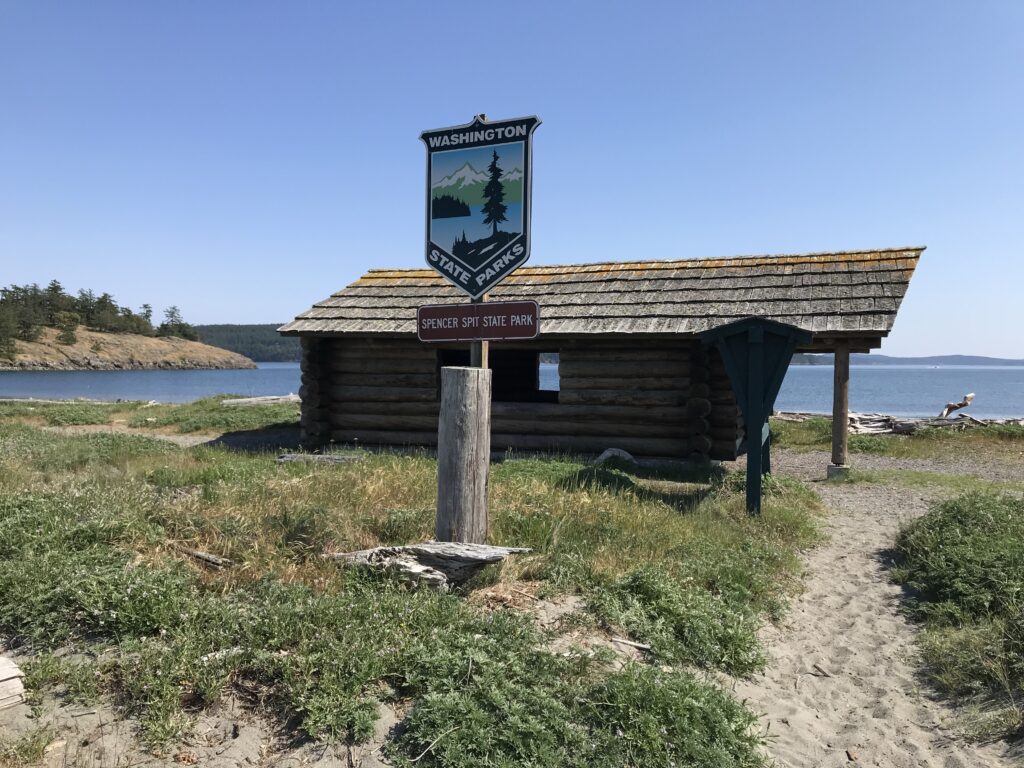
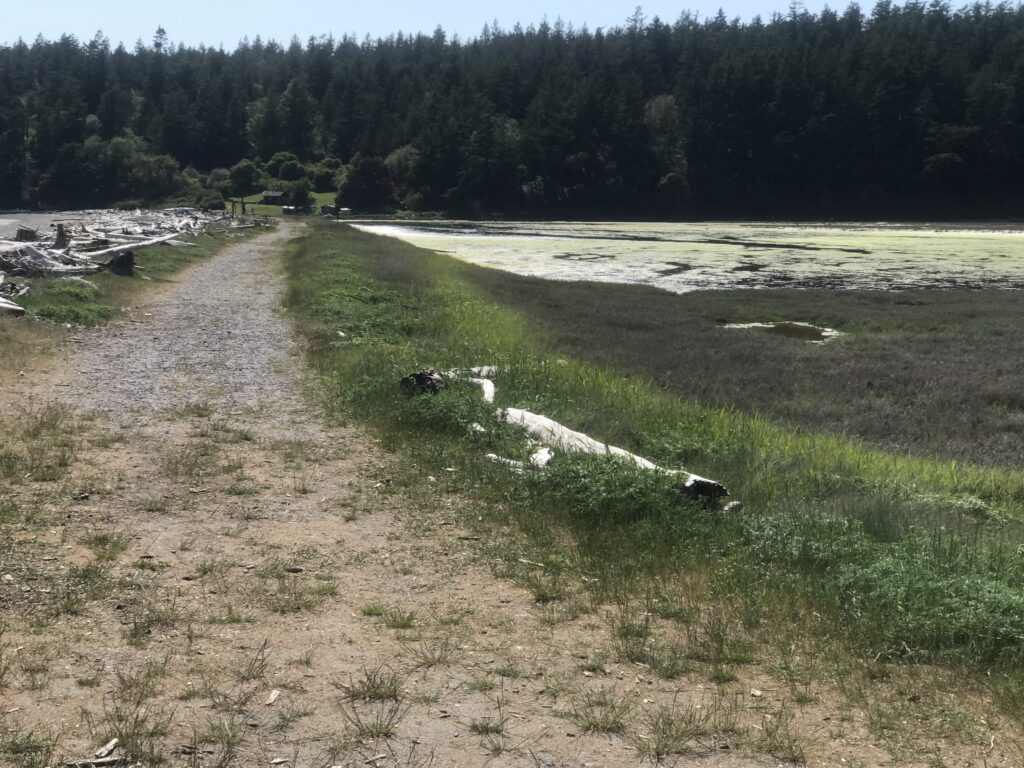
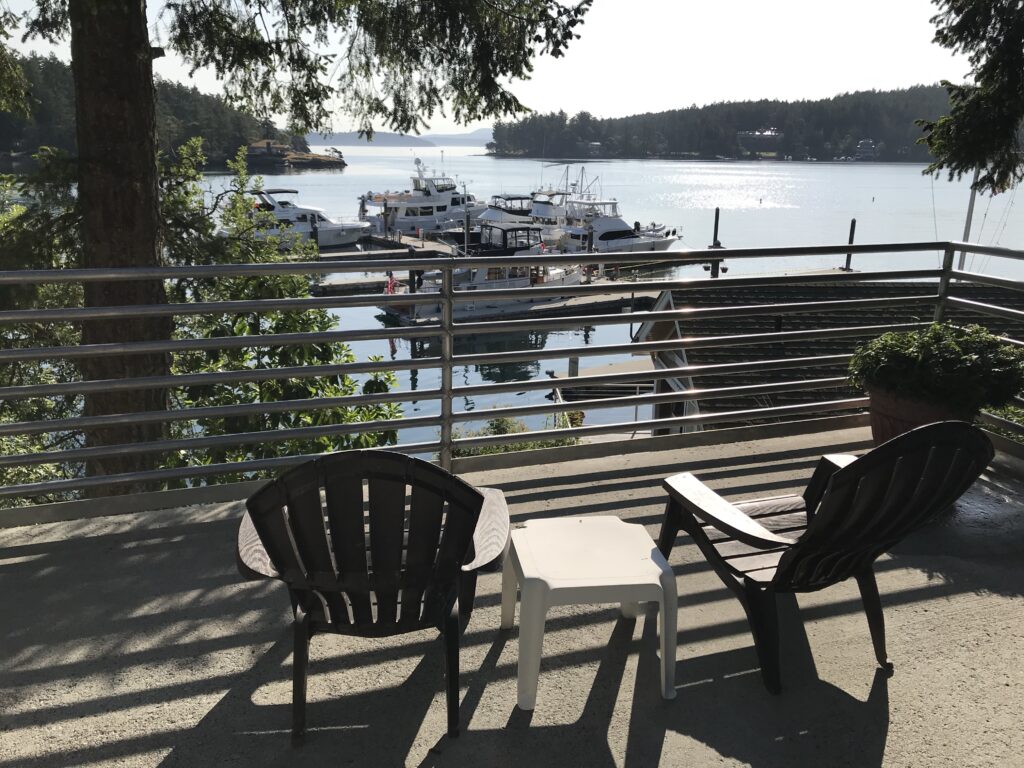
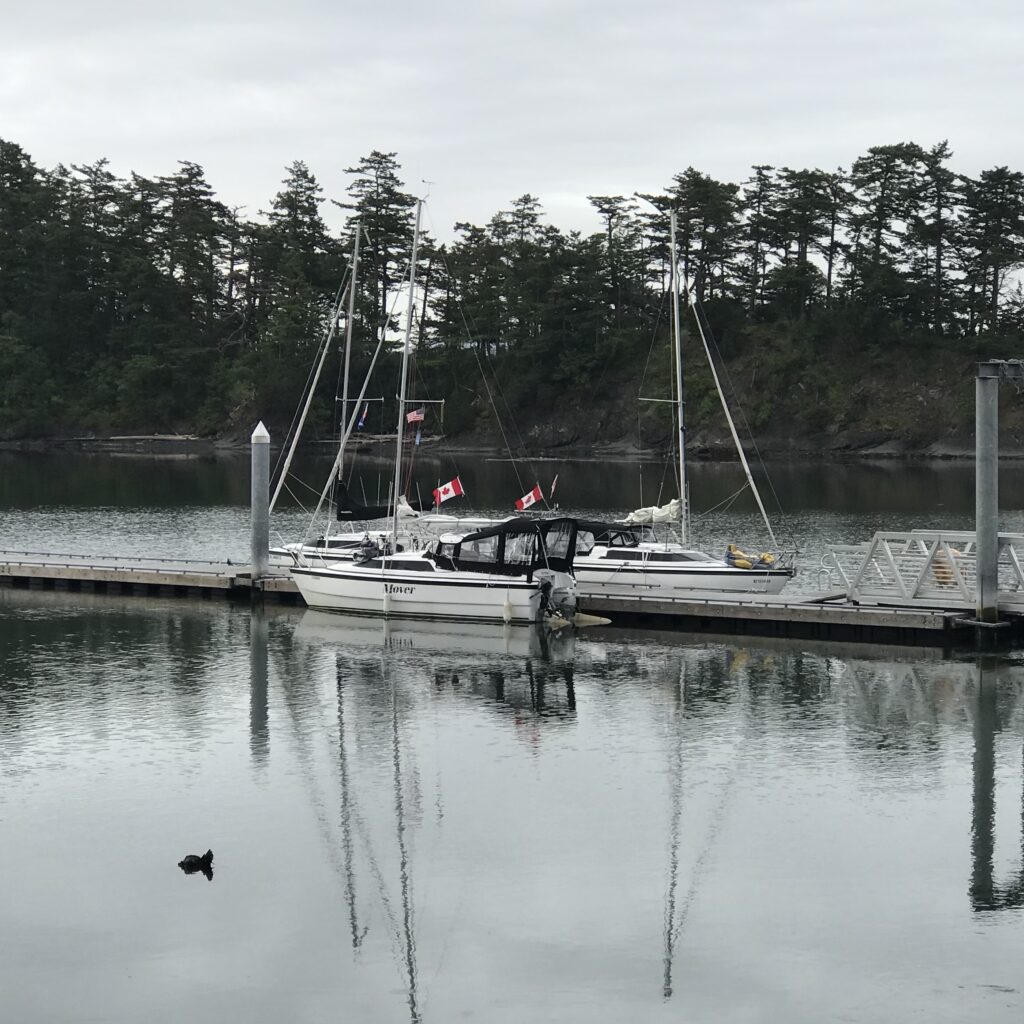
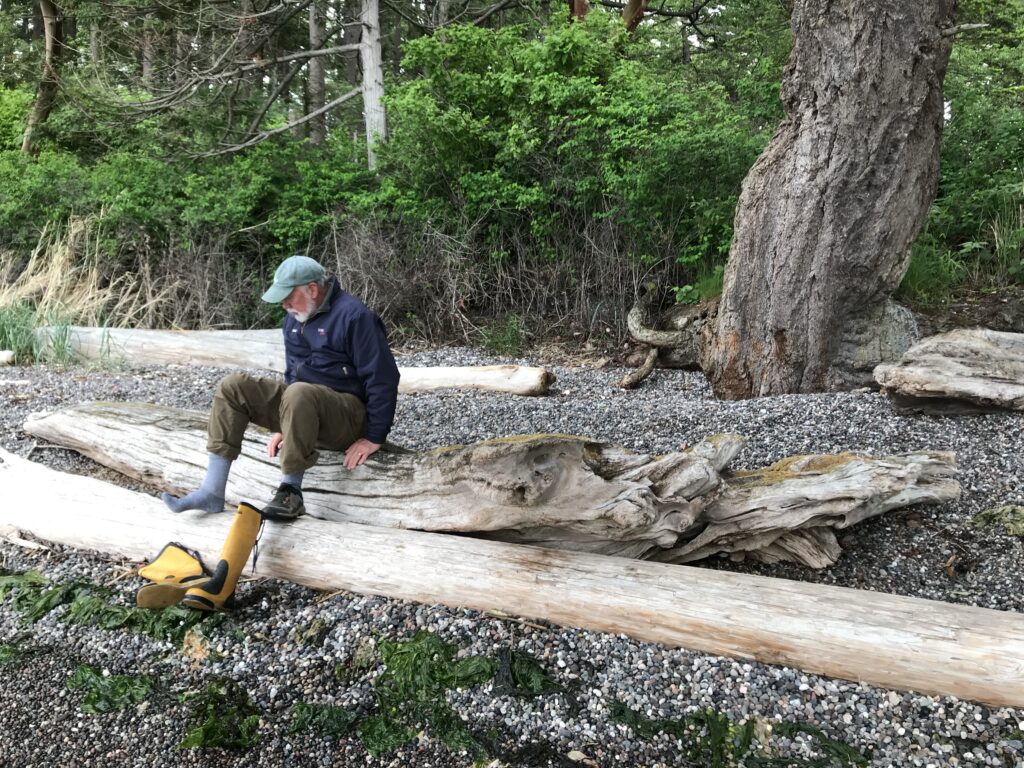
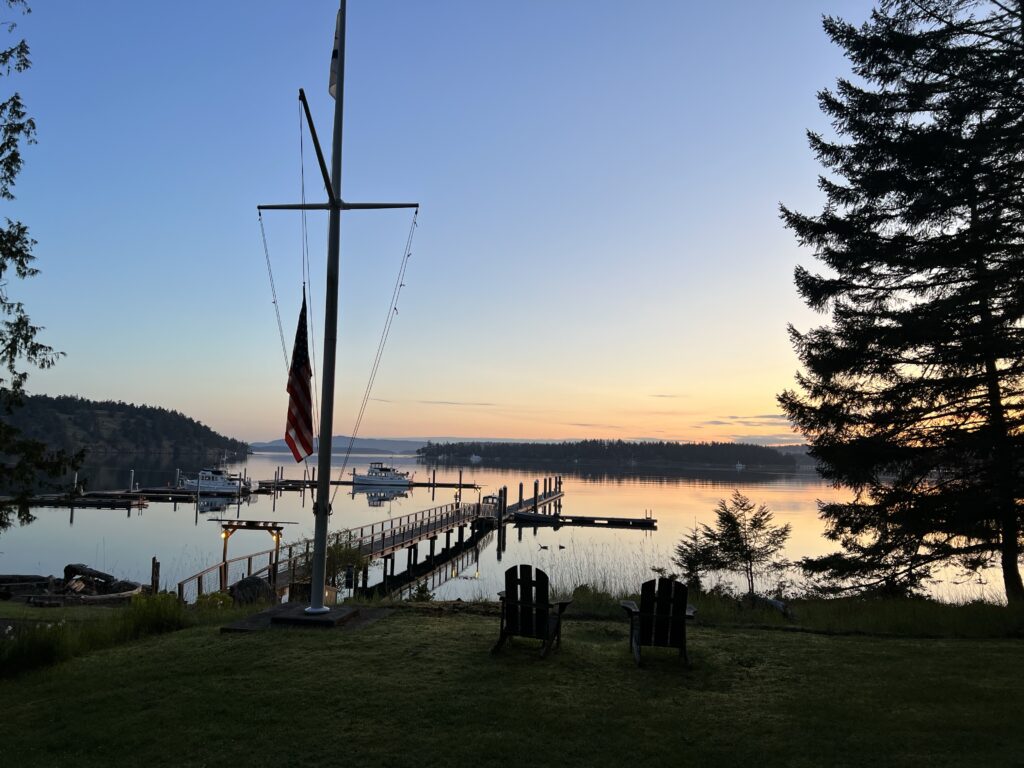
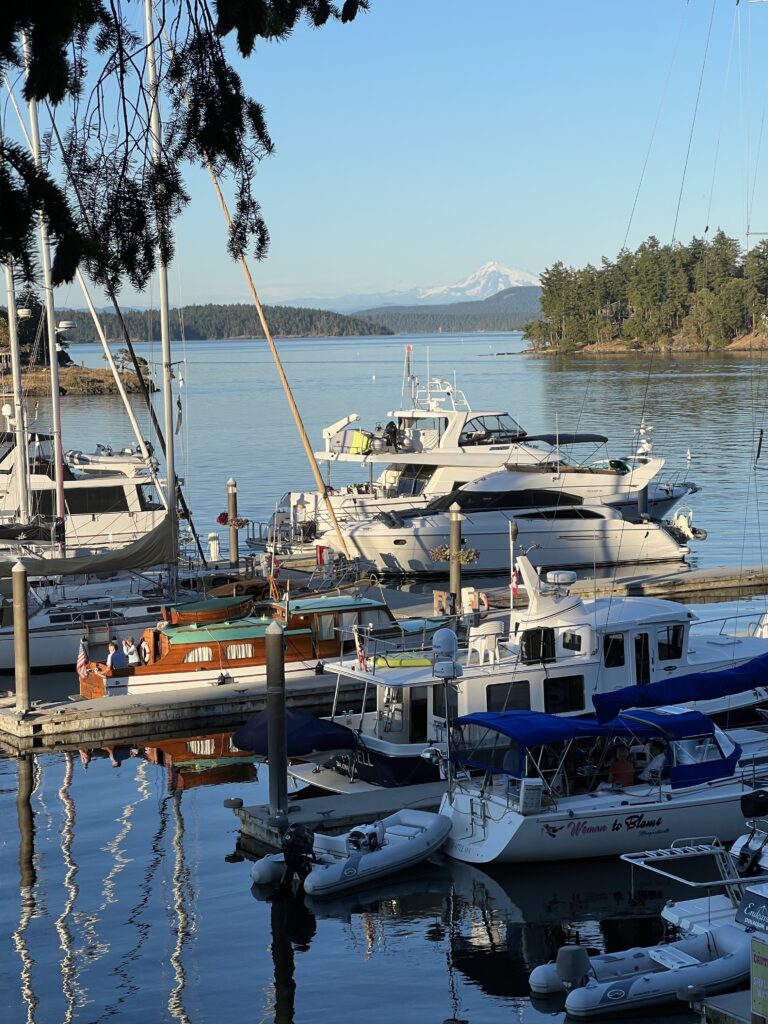
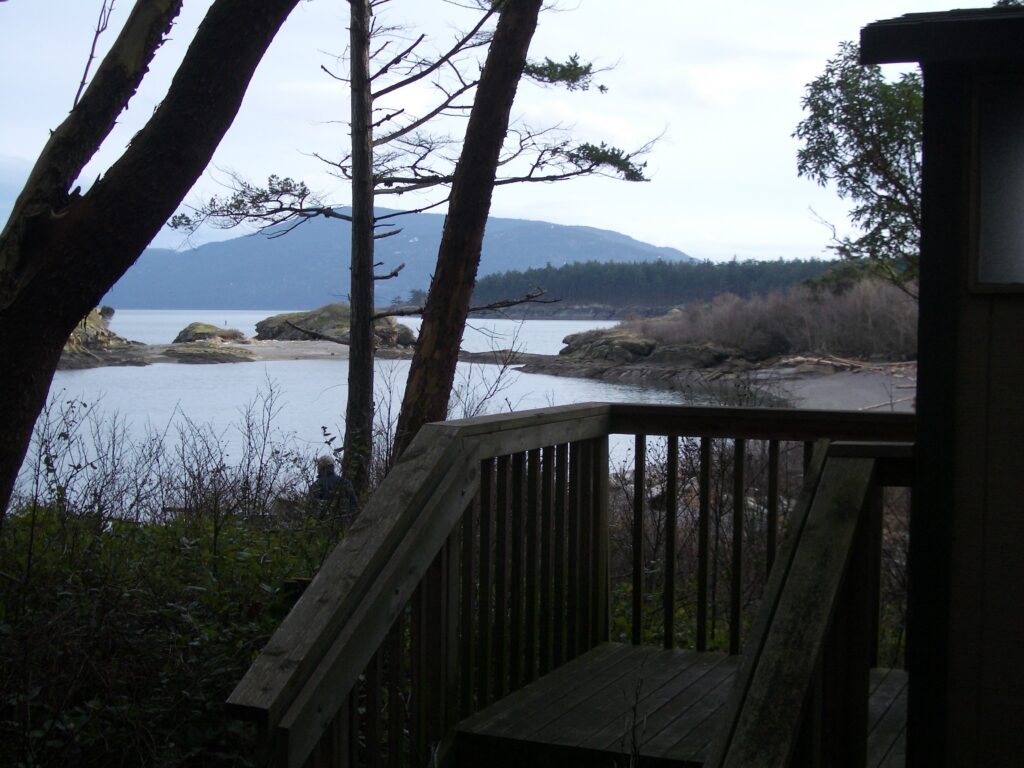
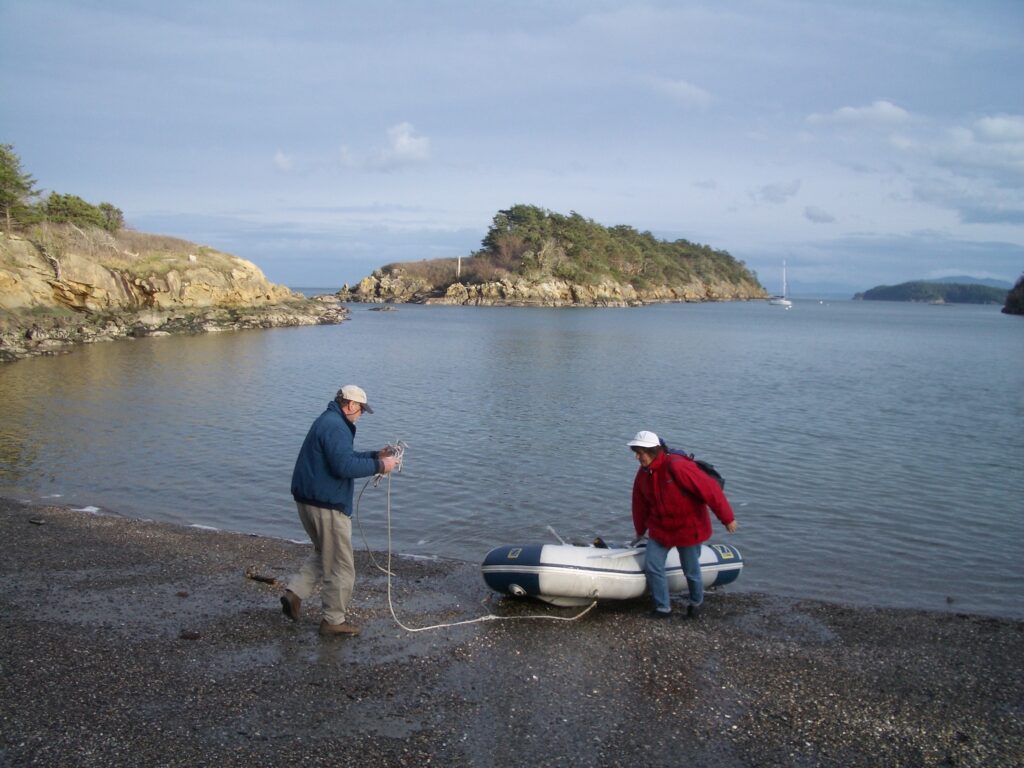
State Government
The state government contributes to the economy by fostering a business-friendly environment, investing in infrastructure, and supporting key industries like aerospace, clean energy, and life sciences. Initiatives to improve education, workforce training, and living wage jobs are also crucial.
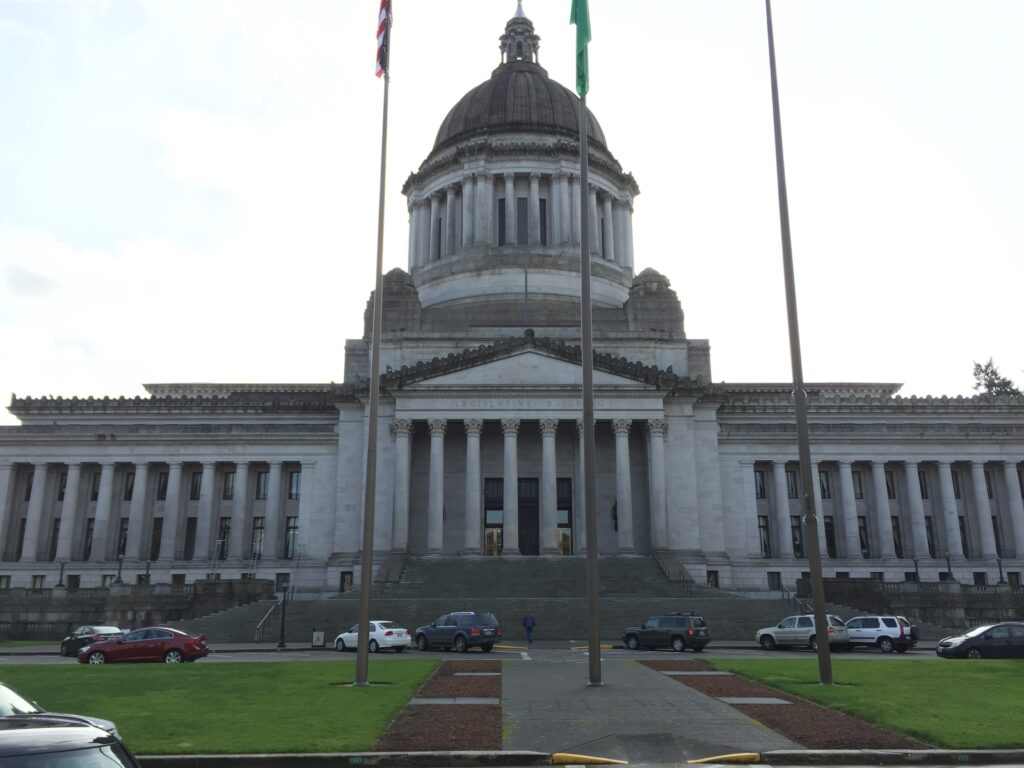






Unions and Employment Security Programs
Unions and state employment security programs play a vital role in protecting workers’ rights, ensuring fair wages, and providing unemployment benefits. These programs help maintain economic stability and support workforce development.
Reasons for Moving to Washington
Beyond employment and education, people move to Washington for its high quality of life, natural beauty, and recreational opportunities. The state offers a mix of urban and outdoor lifestyles, with access to mountains, forests, and coastlines.
Best Place to Live in Washington
Seattle is often considered the best place to live in Washington due to its vibrant economy, cultural amenities, and high quality of life. Other notable places include Bellevue, known for its tech industry and quality schools, and Spokane, which offers a lower cost of living and a strong sense of community.

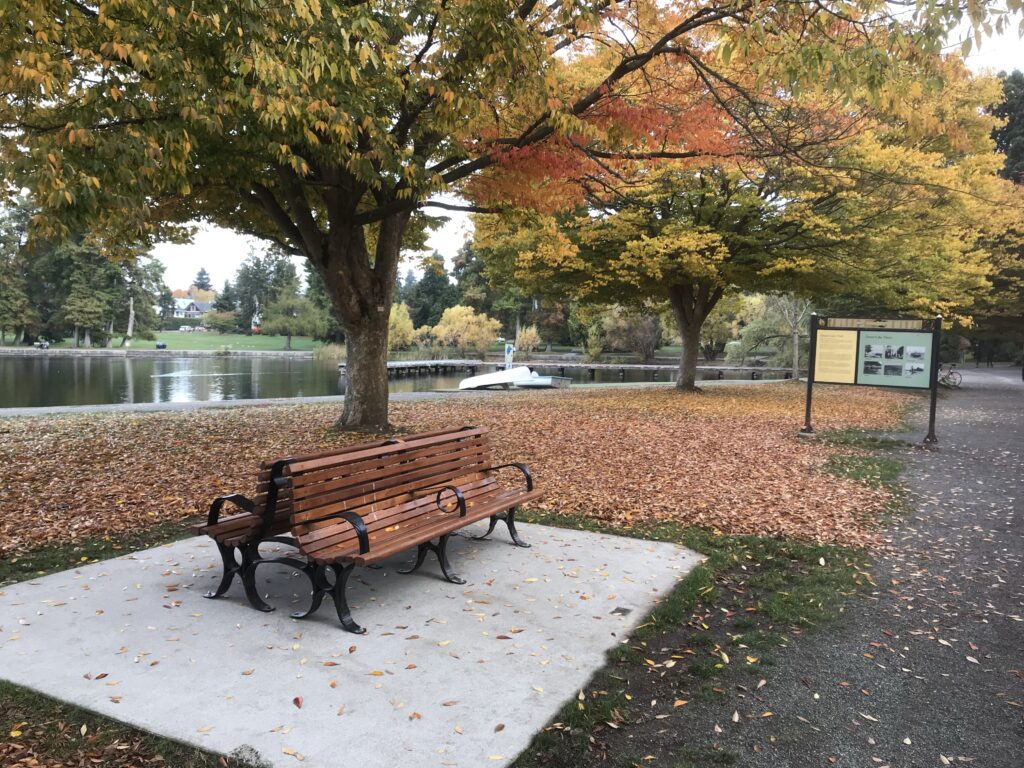
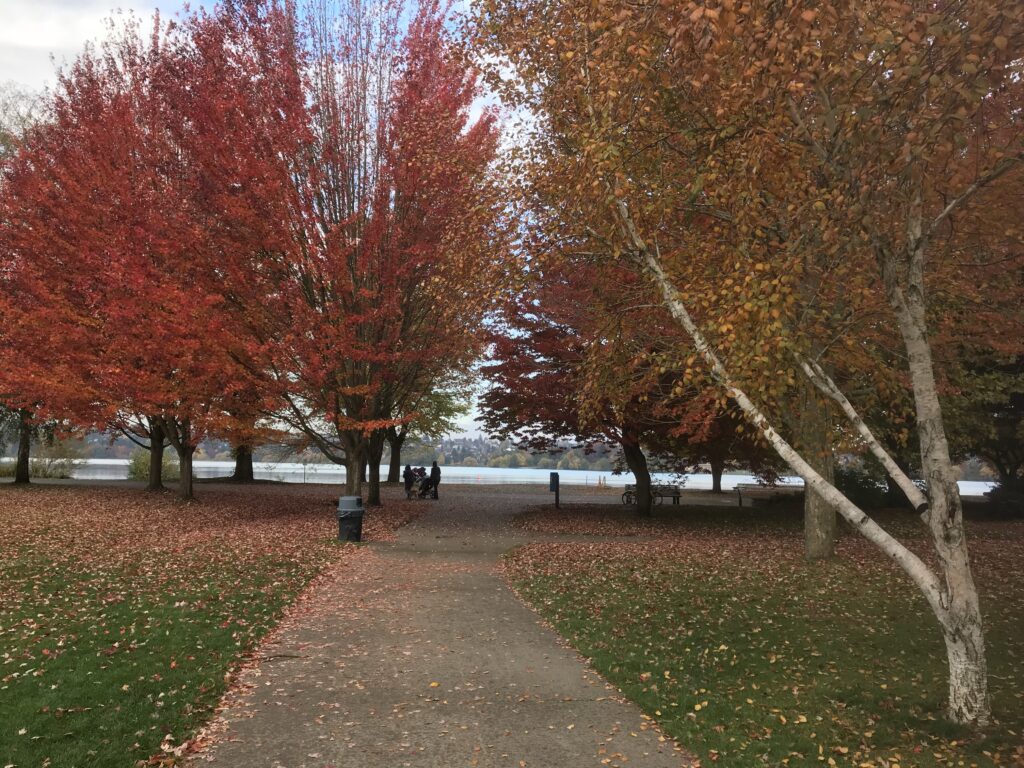



In summary, Washington’s robust economy is driven by a combination of high-tech industries, major corporations, a strong tourism sector, and supportive state policies. The state’s natural beauty and quality of life further enhance its appeal as a place to live and work.
Top industries driving Washington’s economy
Washington State’s economy is driven by a diverse array of industries, each contributing significantly to its overall economic health and growth. Here are the top industries driving Washington’s economy:
1. Information and Communication Technology (ICT)
Washington is home to several world-class ICT companies, including Microsoft, Amazon, and Expedia. The sector spans gaming, quantum computing, blockchain, augmented/virtual reality, artificial intelligence, and cloud computing. The ICT sector intersects with many of the state’s other crucial industries such as maritime, clean tech, life sciences, and aerospace.
2. Aerospace
Washington’s aerospace sector is highly diversified, with over 1,300 companies involved in composites, unpiloted aerial systems, electric propulsion, clean fuels, and commercial space exploration. Boeing, a major player in this sector, has a significant presence in the state.

3. Agriculture and Food Manufacturing
Washington’s agriculture sector is robust, with 15 million acres of farmland producing 300 crop commodities. The state is a leader in apple, hops, and cherry production, and its food manufacturing industry is the second-largest manufacturing industry after aerospace.
4. Clean Technology
Washington is a leader in clean technology, driven by policies supporting research, development, and deployment of new technologies. The state is transitioning quickly to renewable energy sources such as wind and solar, supported by the nation’s most aggressive 100% clean electricity policy.
5. Life Sciences and Global Health
Washington’s biotech cluster is one of the largest in the United States, with more than 1,150 firms and manufacturers, several renowned global health organizations, and world-leading research institutions. This sector focuses on recruiting new companies, helping existing ones expand, and increasing federal funding for research.
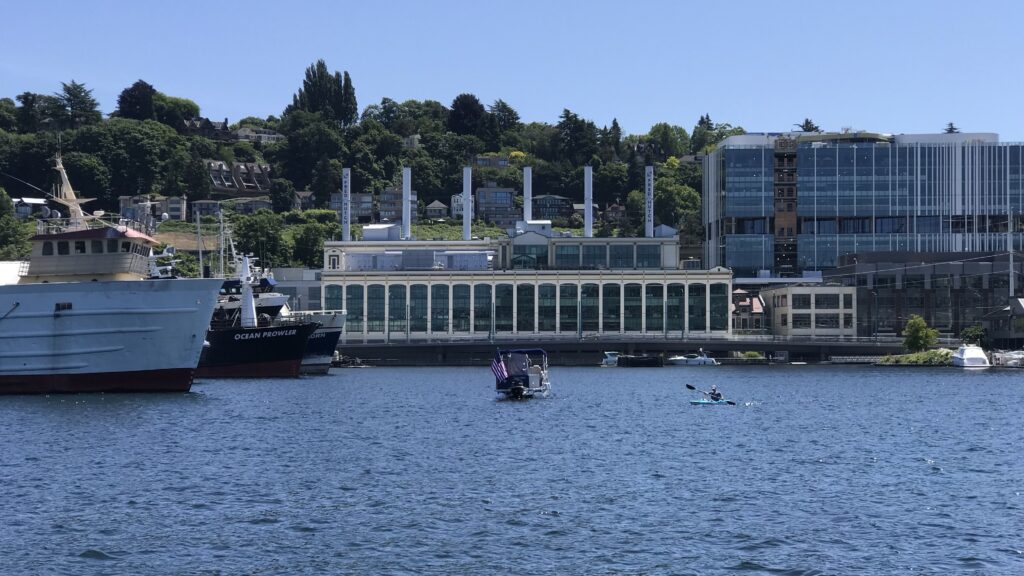
6. Maritime
Washington’s maritime sector includes over 2,300 companies leveraging the state’s reputation in technology, advanced materials, and clean energy to develop next-generation vessels and watercraft. The sector has deep roots in the state’s economy and communities.
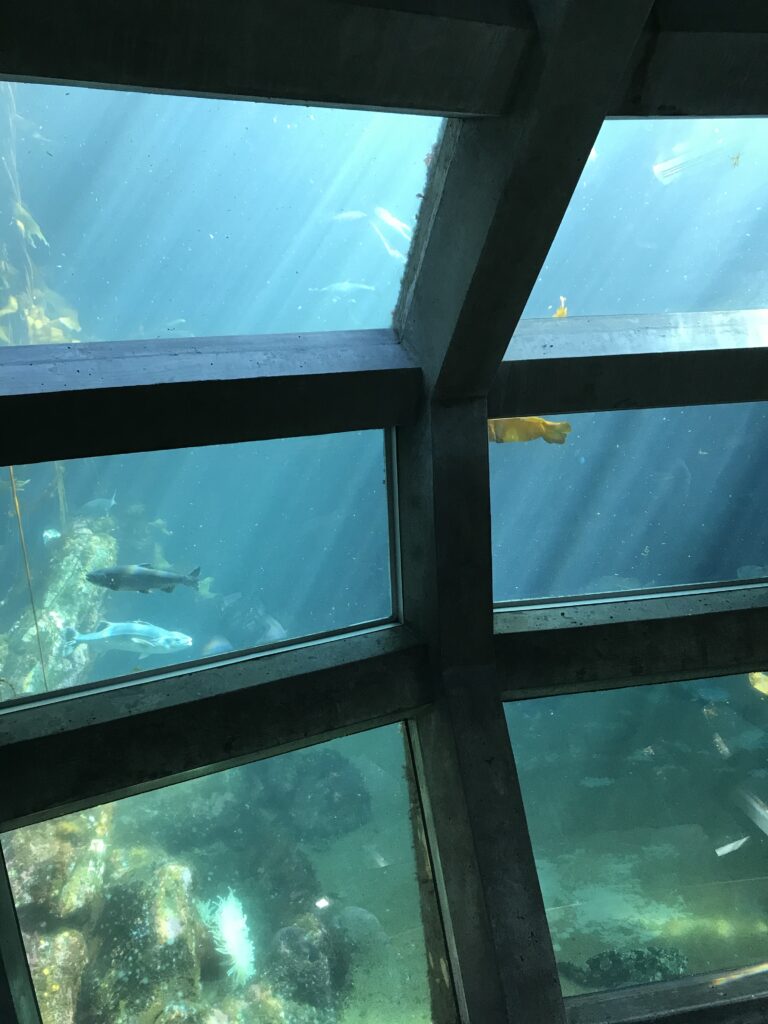
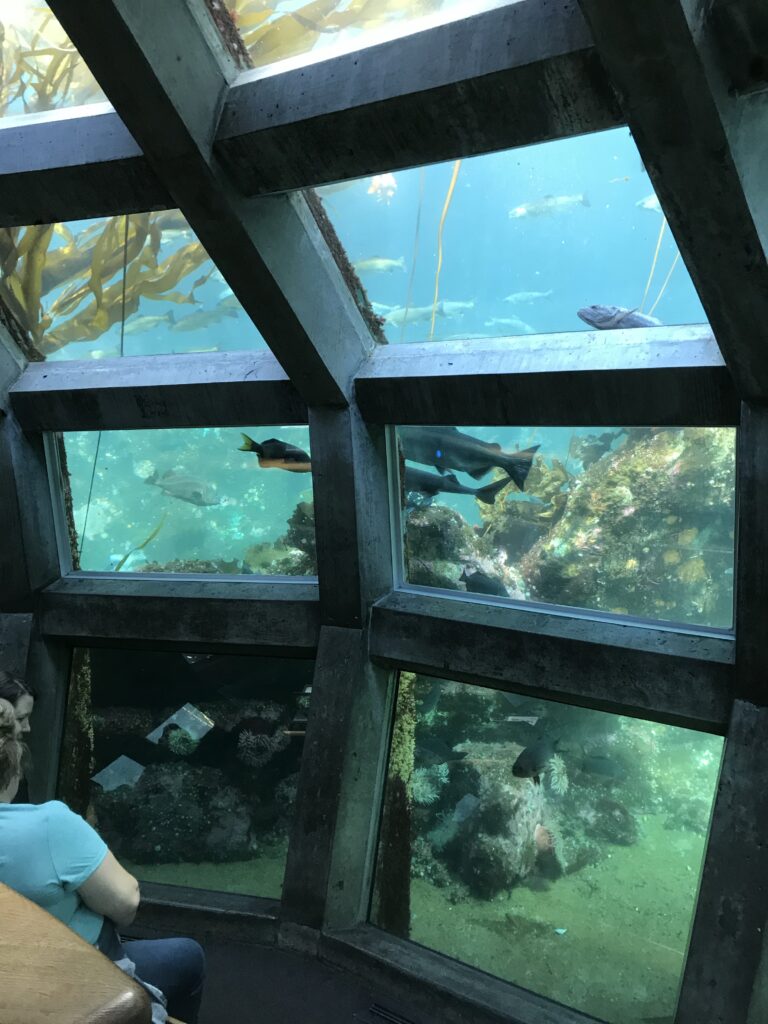
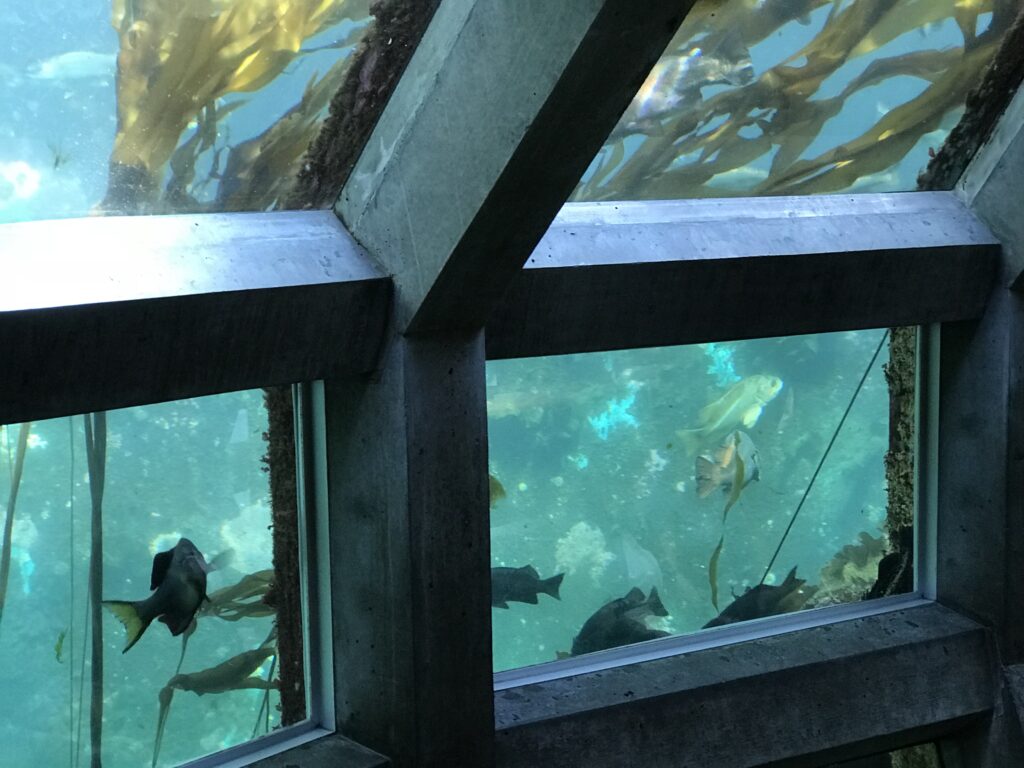
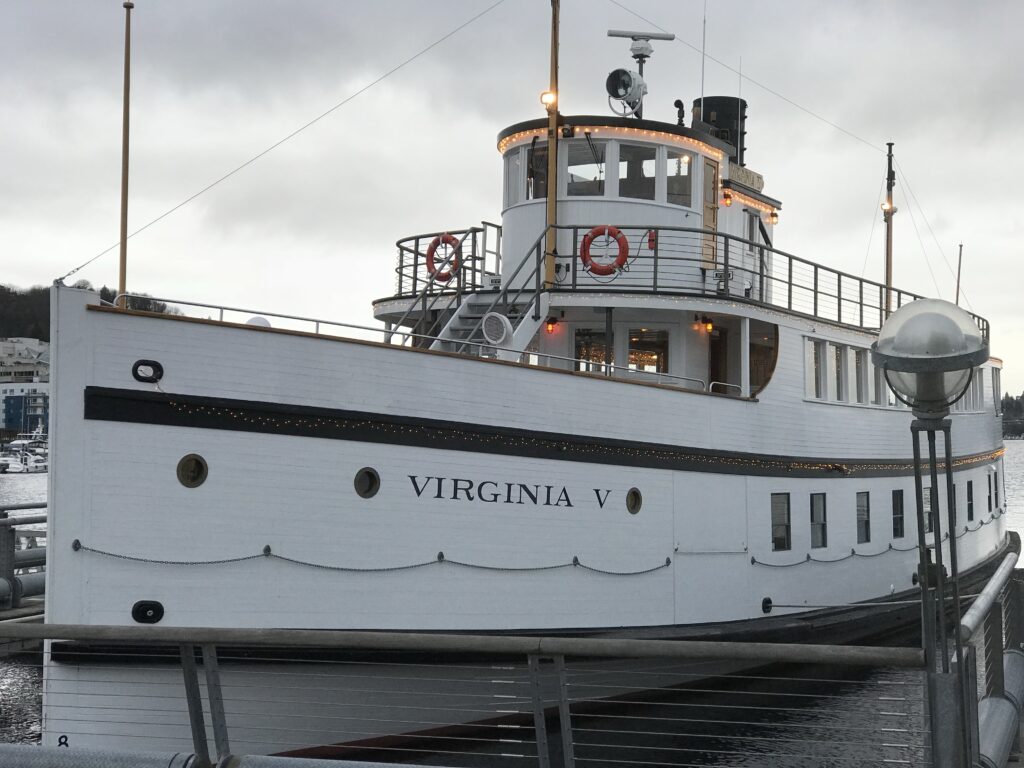
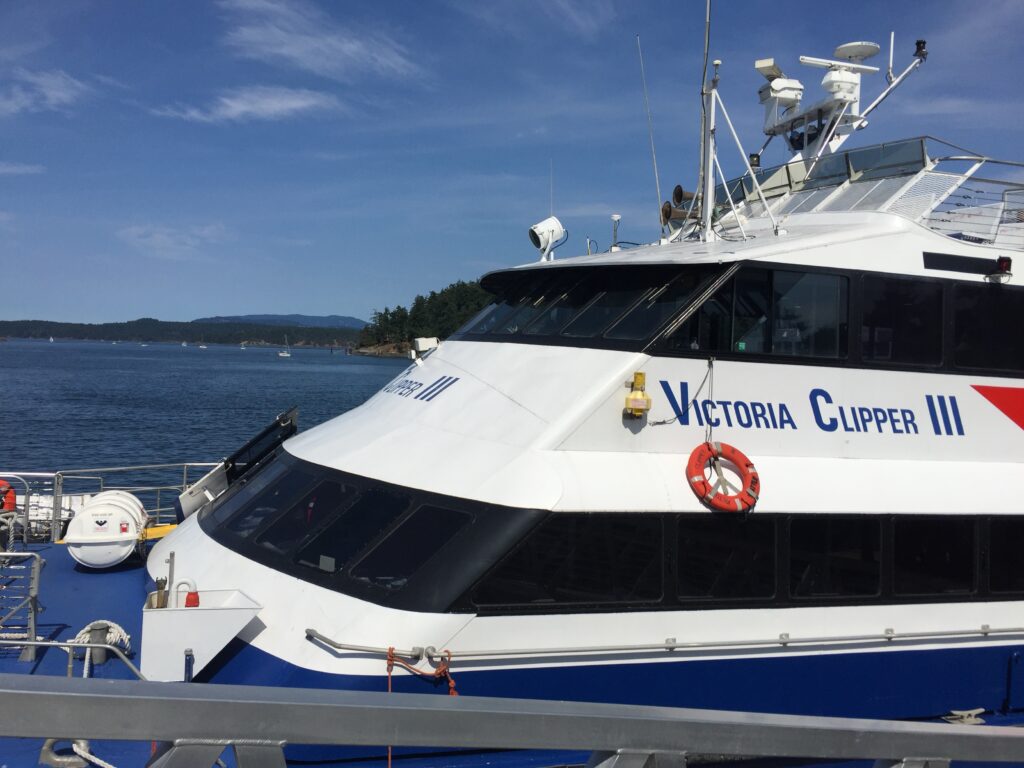
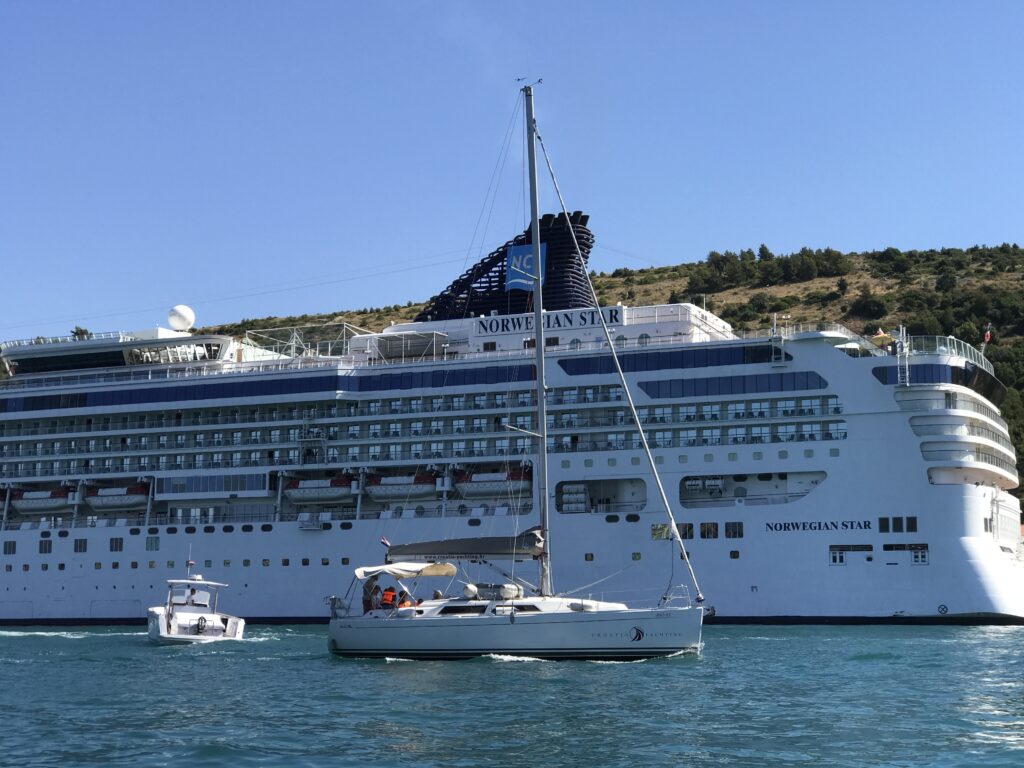
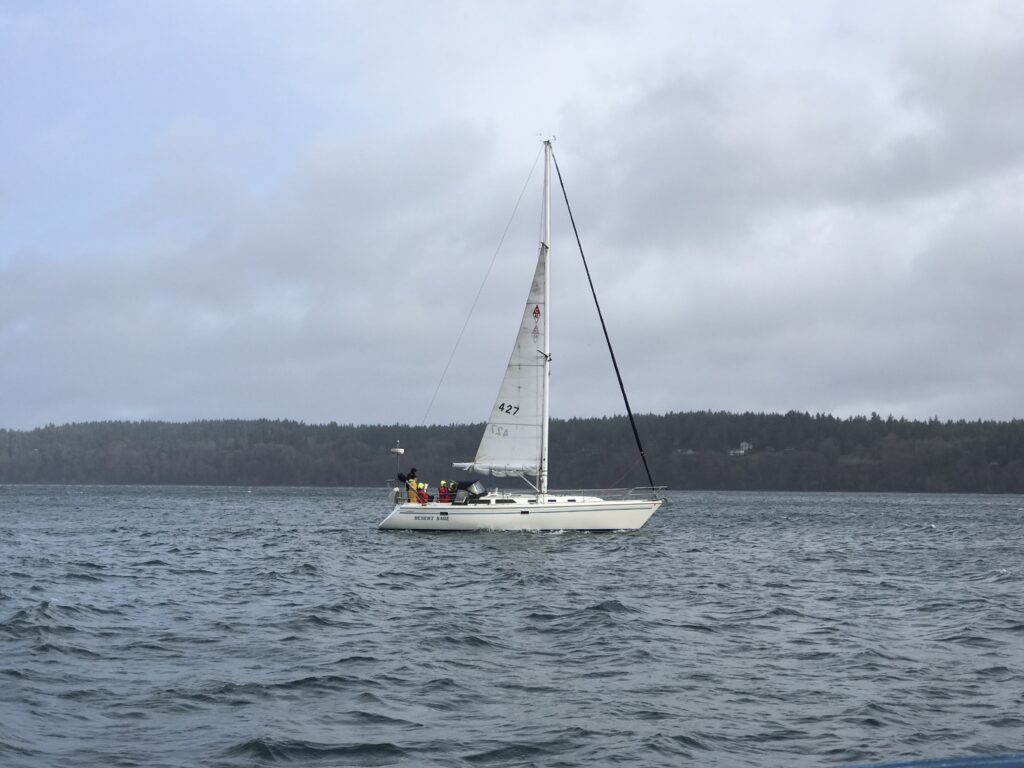

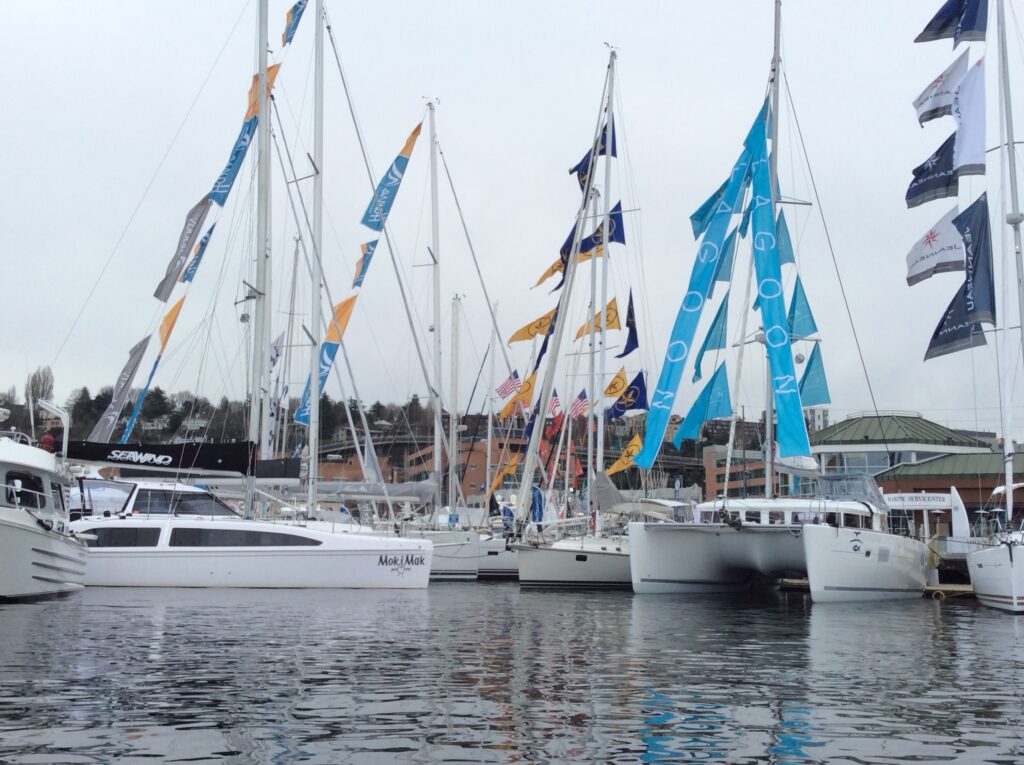
7. Military and Defense
Washington hosts significant military installations, including Joint Base Lewis-McChord and multiple naval shipyards in the Puget Sound. The defense industry thrives due to the state’s strategic position and substantial military presence.

8. Forest Products
Forestry is Washington’s oldest industry and the third-largest manufacturing industry in the state. The sector includes more than 1,800 firms employing over 42,000 workers, with a focus on innovative products like cross-laminated timber and biomass.
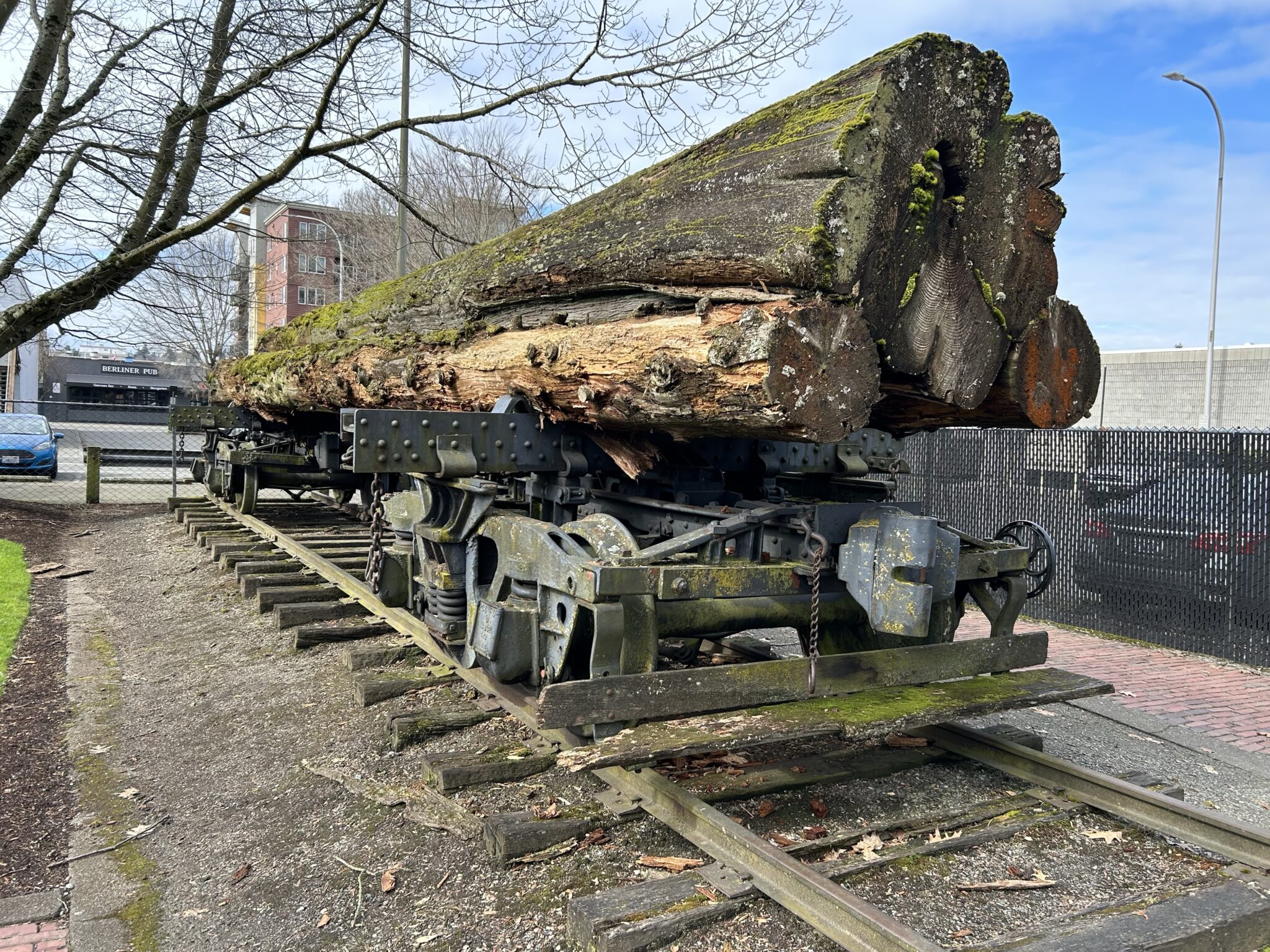
9. Tourism
Tourism is the fourth-largest industry in Washington, generating $22.1 billion annually and employing over 180,000 workers. The state’s natural beauty and recreational opportunities attract millions of visitors each year.
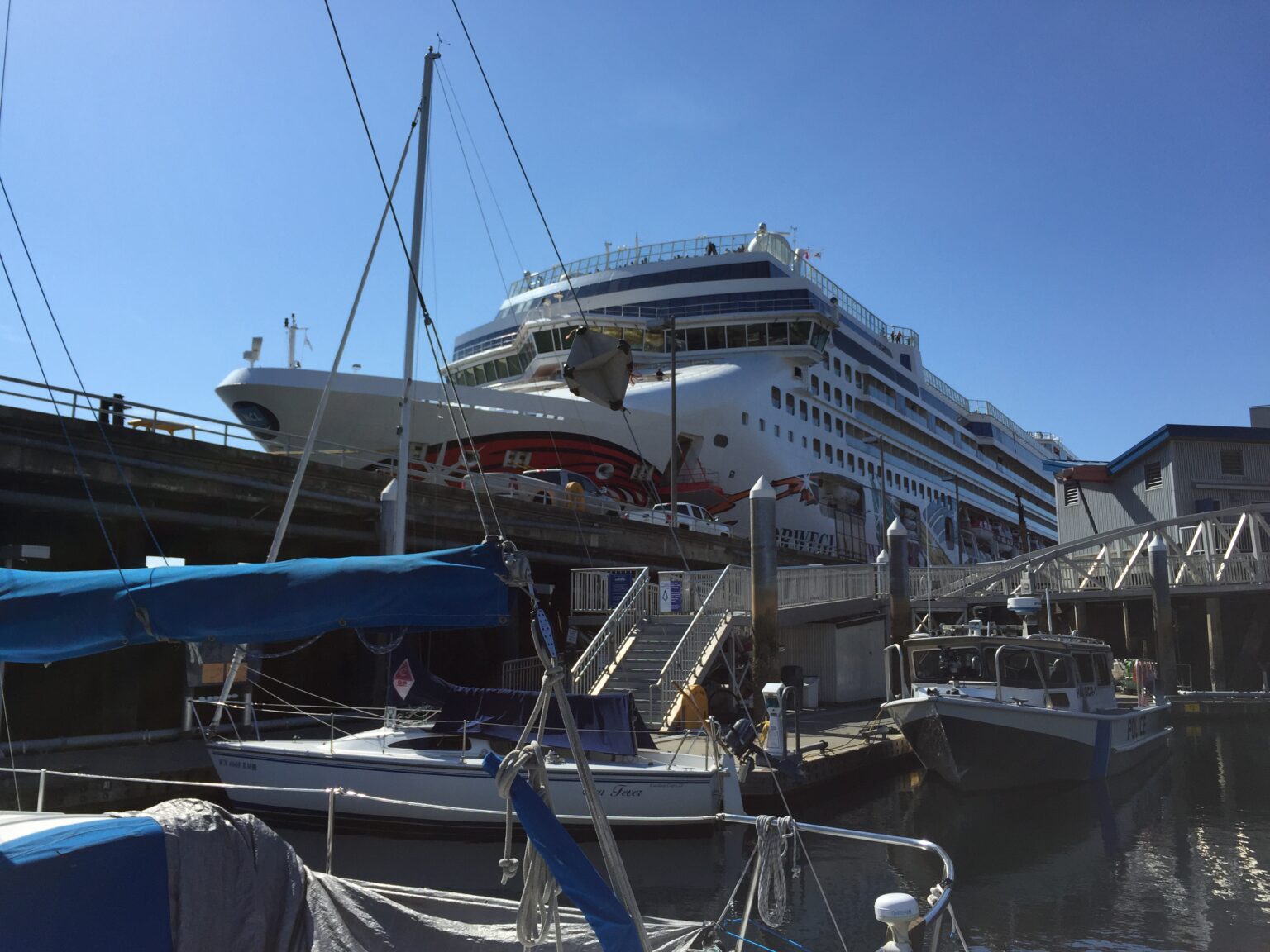
10. Real Estate and Rental Leasing
This sector is a significant contributor to Washington’s GDP, driven by the state’s growing population and business activities. It includes residential, commercial, and industrial real estate.
These industries collectively create a dynamic and resilient economy, making Washington one of the best-performing states in the nation
Military presence in Washington’s economy
The military presence in Washington State is highly significant and contributes substantially to the state’s economy. Here are the key points highlighting its impact:
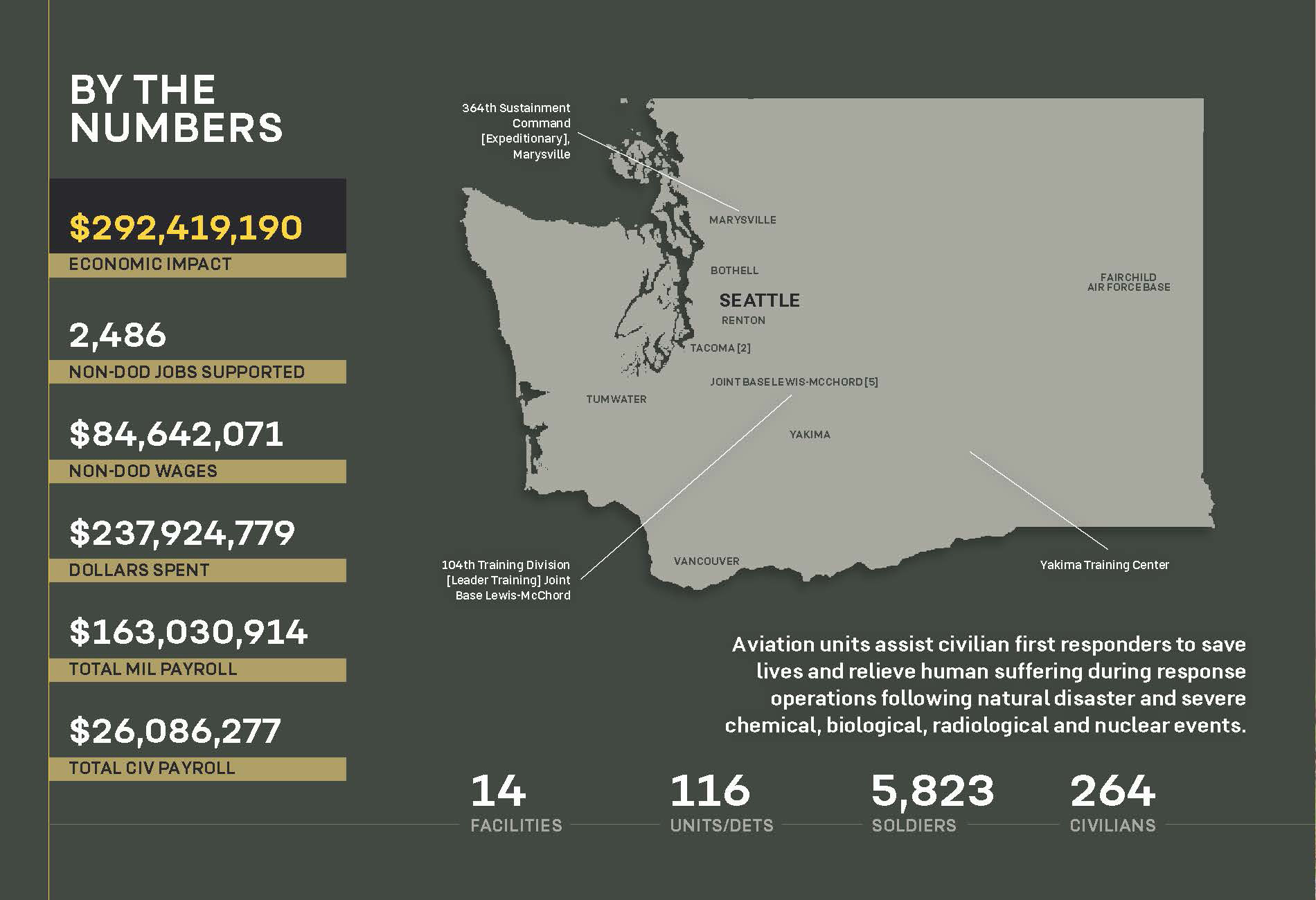
Economic Contributions
Direct Economic Impact
- Total Economic Activity: The military and defense sector generates billions of dollars in economic activity. For instance, the U.S. Navy alone contributed approximately $13.5 billion in total economic activity in the region, with $9.8 billion coming from industry output related to payroll, operations, maintenance, and visitor spending.
- Payroll: The total direct annual payroll of Navy personnel working in the Northwest is around $3.8 billion.
- State and Local Taxes: The sector contributes significantly to state and local taxes, with an annual amount of $384 million.
Employment
- Active-Duty Personnel: Washington ranks sixth in the nation for the number of active-duty military personnel, with approximately 55,155 active-duty members.
- Civilian Employment: The military and defense sector employs around 31,306 civilians, primarily at Joint Base Lewis-McChord (JBLM) and Puget Sound Naval Shipyard (PSNS).
- Total Jobs: Including military, civilian personnel, and additional jobs related to operations and maintenance, the sector supports around 78,549 jobs.
Major Installations

Washington hosts several major military installations, including:
- Joint Base Lewis-McChord (JBLM): The largest joint base west of the Rockies, contributing $6.1 billion to the economy.
- Naval Base Kitsap: Contributing $6.1 billion.
- Naval Air Station Whidbey Island: Contributing $5.92 billion.
- Naval Station Everett: Contributing $4.75 billion.
- Fairchild Air Base: Contributing $4.61 billion.
Defense Contracts

- Procurements: State businesses were awarded nearly $15 billion in defense contracts over the last three years. Major contractors include Boeing, Insitu, Vigor Industries, Dakota Creek Industries, Microsoft, BP PLC, Manson Construction, and The Geo Group.
Strategic Importance
- Geopolitical Significance: Washington’s strategic location with deep-water ports, proximity to the Pacific Rim, and integrated rail and road systems make it vital for U.S. defense policies and global peacekeeping operations.
- Research and Development: The state hosts two Department of Energy facilities and two world-class universities (University of Washington and Washington State University) that perform defense-related research.
Community and Economic Stability
- Economic Stability: The military presence acts as an economic “shock absorber,” minimizing the impacts of economic volatility and providing a stable source of economic stimulus.
- Community Support: The military also provides mutual aid assistance to communities through fire and emergency services, as well as search and rescue support.
In summary, the military and defense sector is a cornerstone of Washington’s economy, providing substantial economic activity, employment, and stability. The state’s strategic importance and robust military infrastructure further enhance its role in national defense and economic resilience.
Attractiveness for Retirees
Tax Benefits
Washington State is particularly appealing to retirees due to its favorable tax policies:
- No State Income Tax: Washington does not impose a state income tax, which means retirees do not pay state taxes on Social Security benefits, pension payouts, or retirement distributions from 401(k) and IRA accounts.
- Property Tax Exemptions: The state offers property tax exemptions for seniors, which can significantly reduce the financial burden on retirees. Eligible seniors can have their home’s assessed value frozen and part of their home value exempt from property taxes.
Quality of Life
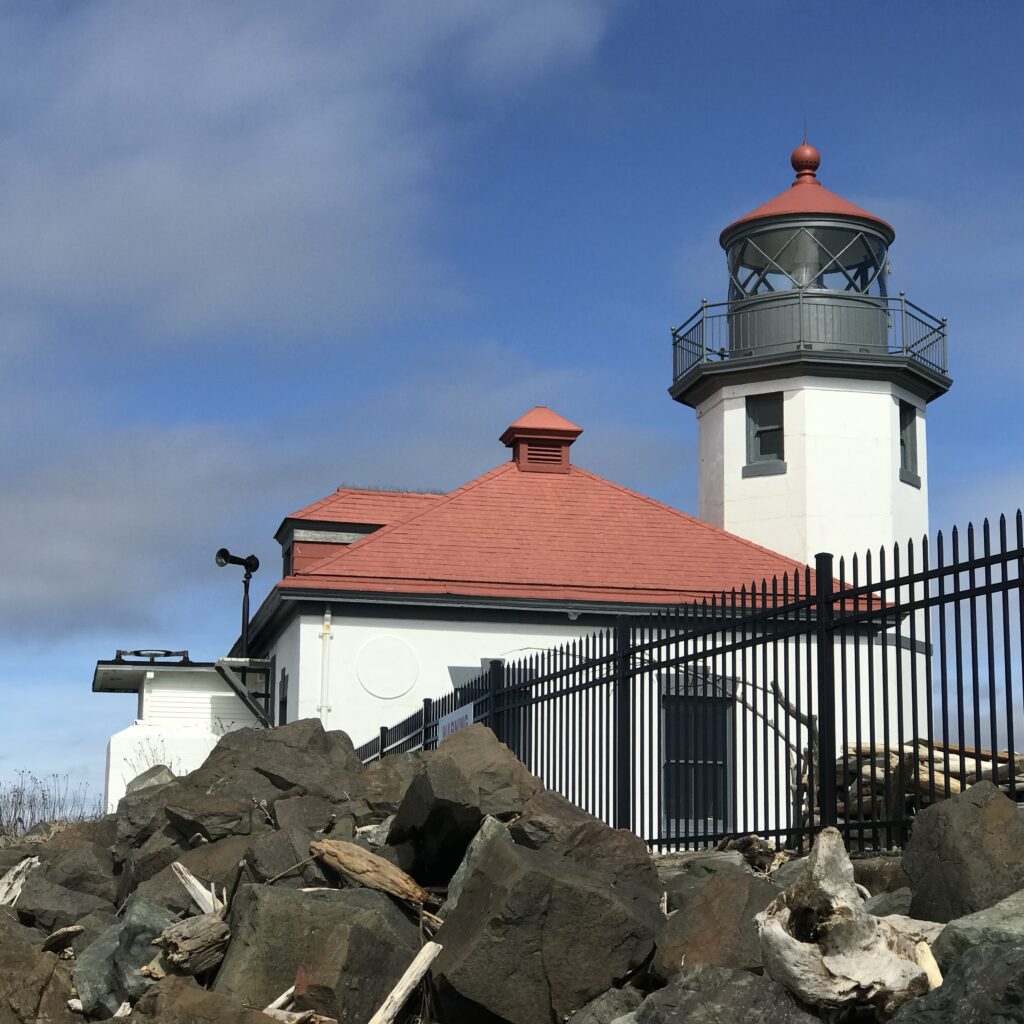
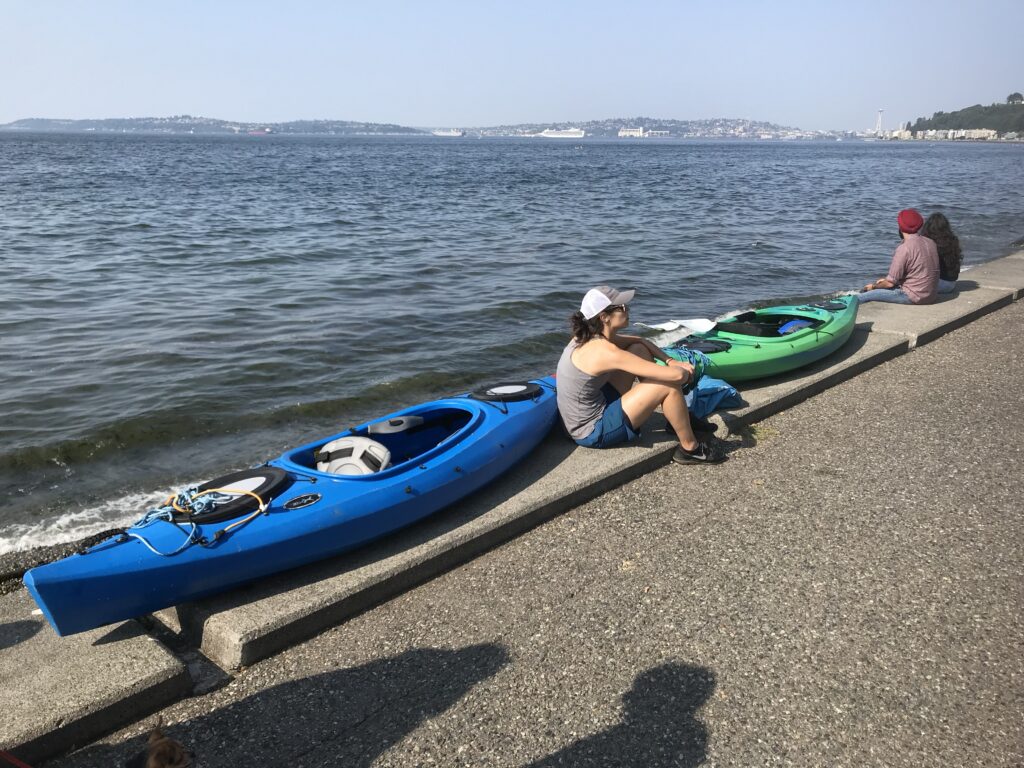
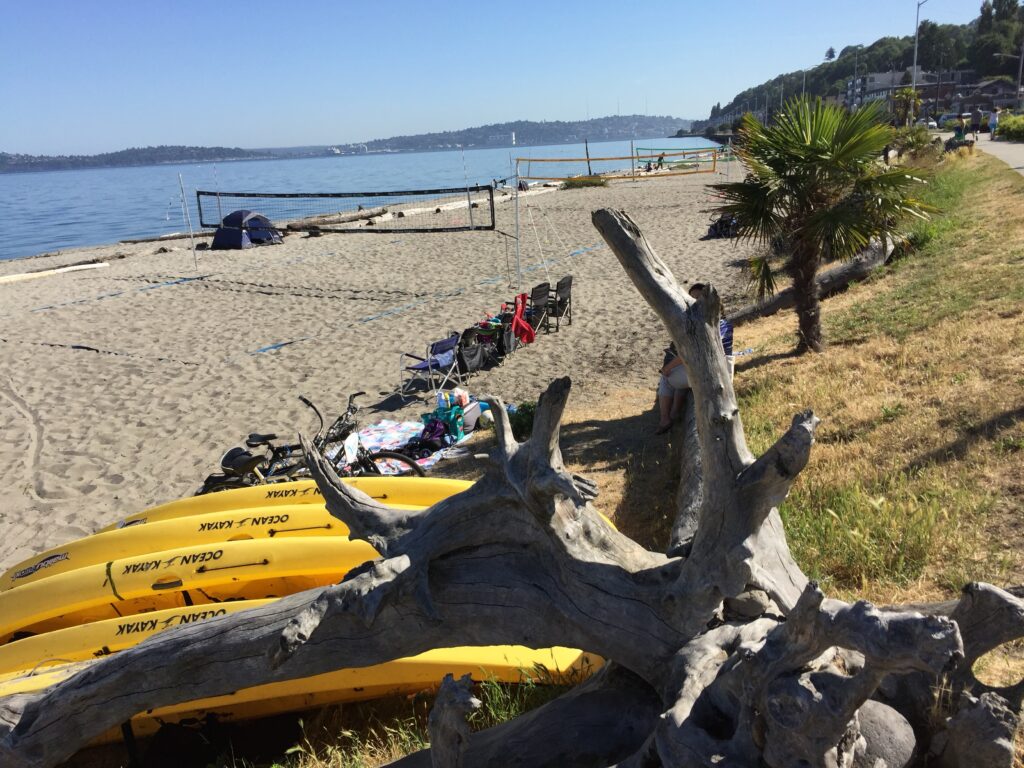
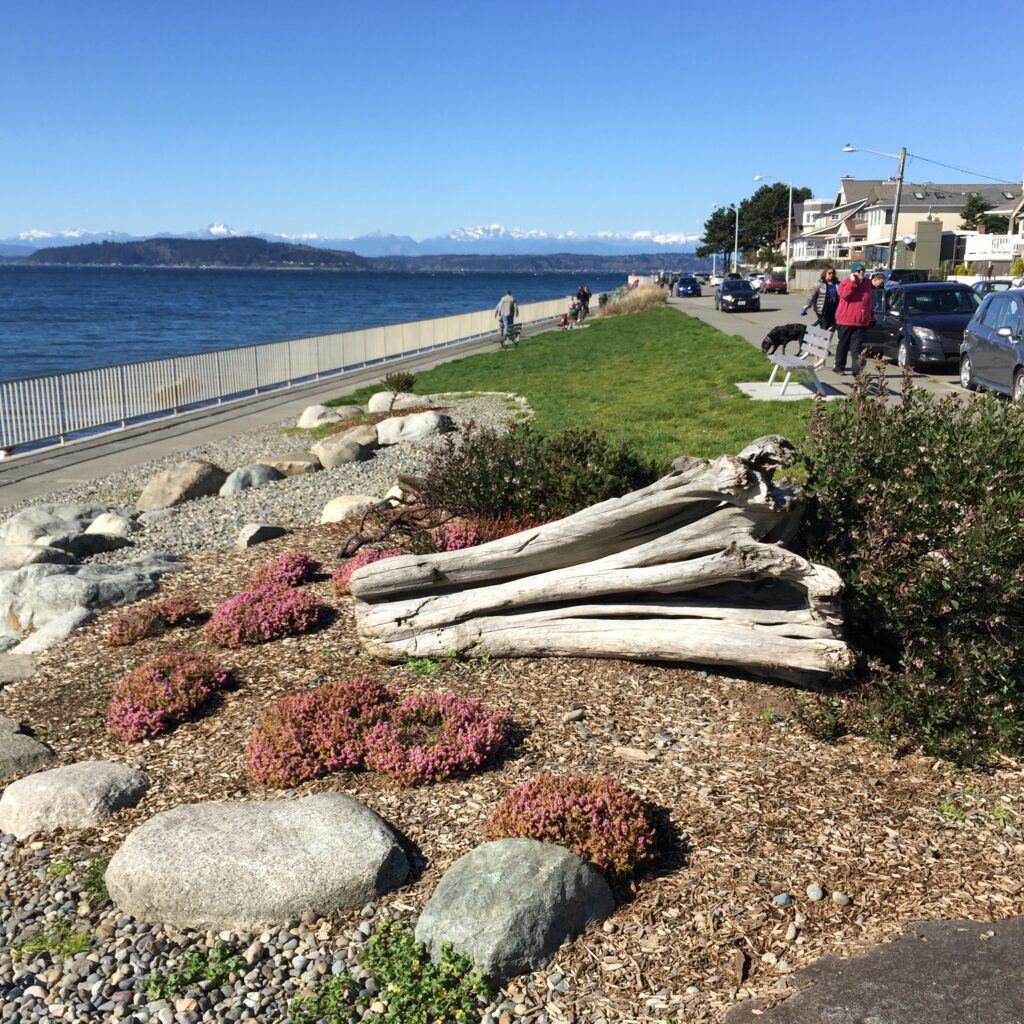
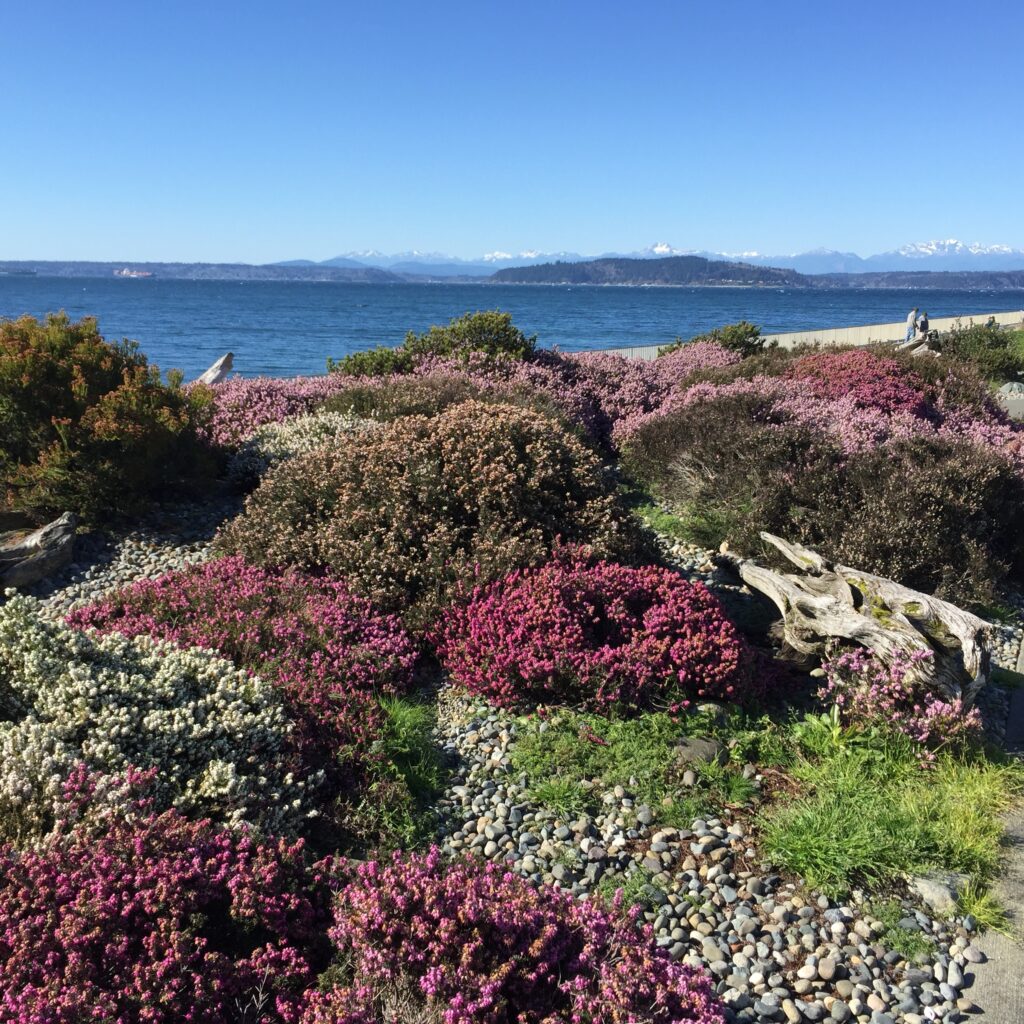
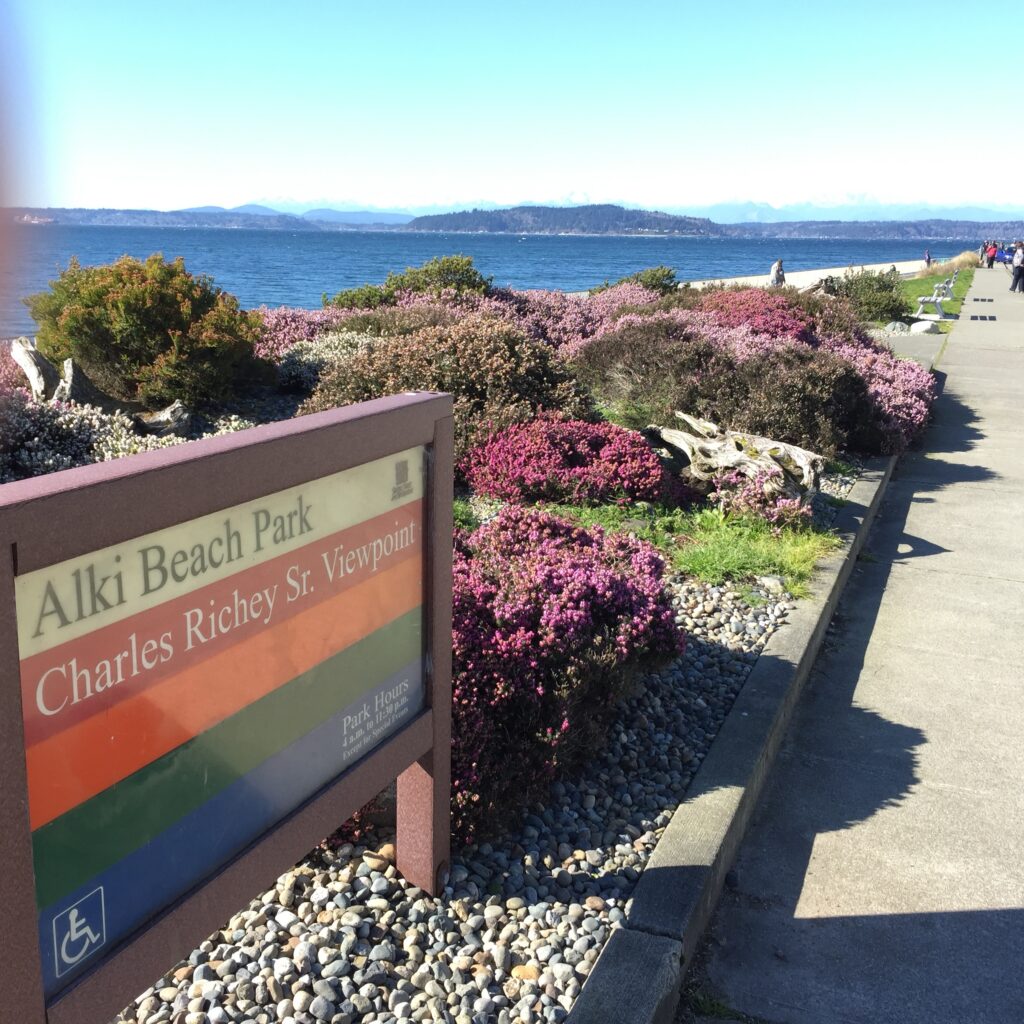
- Mild Climate: Washington has a mild climate, especially in the western part of the state, which is attractive to retirees looking to avoid extreme weather conditions.
- Scenic Landscapes and Outdoor Activities: The state boasts stunning natural beauty, including mountains, lakes, rivers, and forests. Retirees can enjoy a wide range of outdoor activities such as hiking, boating, fishing, golfing, skiing, and wildlife viewing.
- Healthcare: Washington is home to top-tier healthcare systems, including renowned hospitals like the University of Washington Medical Center, which is crucial for retirees seeking quality medical care.


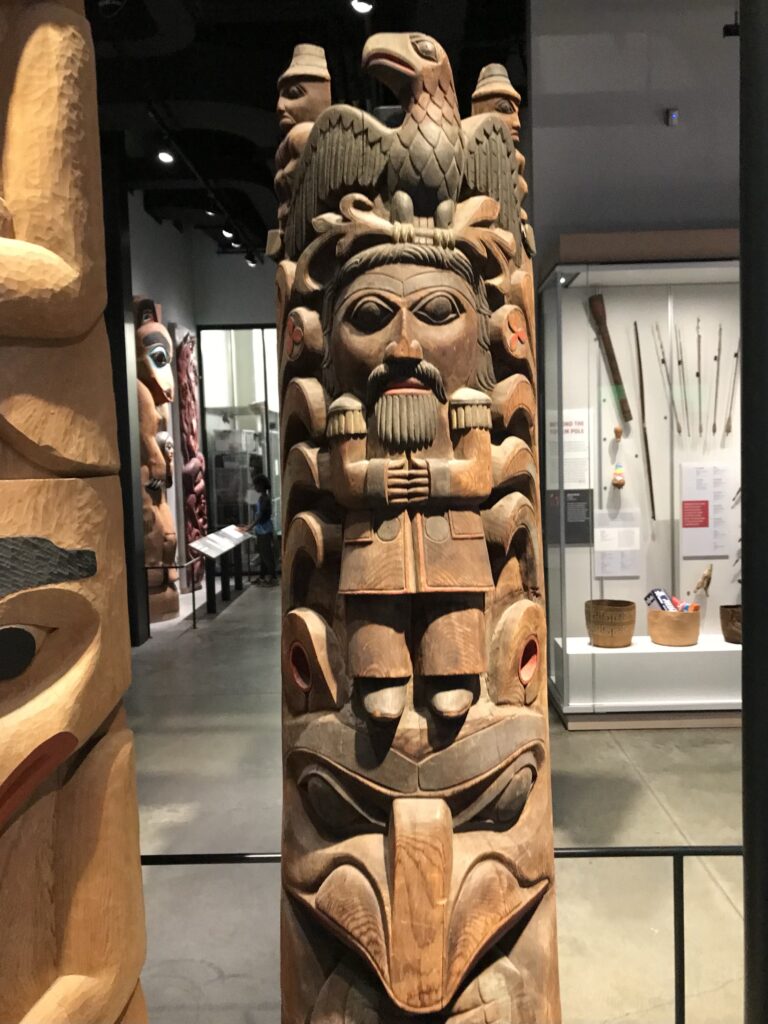

Safety and Community
- Low Crime Rate: Washington has a lower crime rate than the national average, making it a relatively safe place for retirees.
- Retirement Communities: The state offers various retirement communities and independent living facilities that cater to the needs of older adults, providing a range of housing options and levels of care.
Economic Impact of Being Retiree-Friendly
Economic Contributions
- Consumer Spending: Retirees contribute to the local economy through consumer spending on housing, healthcare, recreation, and other services. This spending supports local businesses and generates sales tax revenue.
- Healthcare Industry: The demand for healthcare services among retirees supports the growth of the healthcare industry, creating jobs and driving economic activity.
- Real Estate Market: The influx of retirees can boost the real estate market, increasing demand for housing and potentially driving up property values.
Long-Term Care Trust Tax
Washington has implemented a long-term care trust tax, which is a 0.58% payroll tax on all W-2 income. This tax funds a state-run long-term care insurance program, providing benefits to residents who need long-term care. This program can help ensure that retirees have access to necessary care, further enhancing the state’s attractiveness to retirees.
Tourism and Recreation
The state’s natural beauty and recreational opportunities not only attract retirees but also boost tourism. Retirees often host visiting family and friends, contributing to the tourism sector’s growth.
In summary, Washington State’s retiree-friendly policies, quality of life, and healthcare infrastructure make it an attractive destination for retirees. This, in turn, positively impacts the state’s economy through increased consumer spending, demand for healthcare services, and contributions to the real estate market.
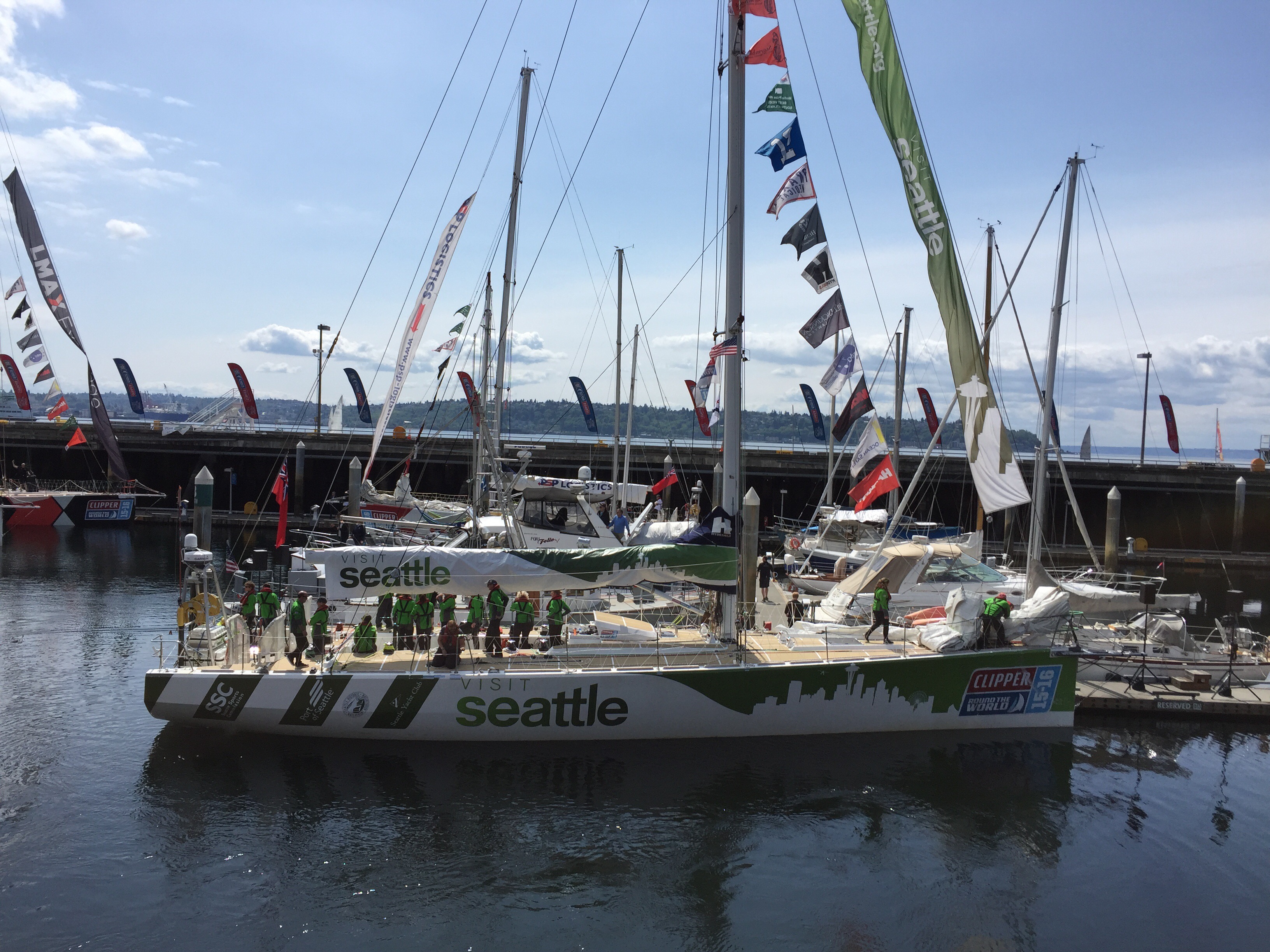
Life Expectancy
According to the provided search results, Washington state ranks among the top states in the United States for life expectancy. Here are the key points:
Washington’s Life Expectancy Ranking
- Washington had the second-highest life expectancy at birth in 2020, at 79.2 years, just behind Hawaii at 80.7 years.
- This places Washington well above the national average life expectancy of 77 years in 2020.
- Washington’s life expectancy declined by less than one year during the first year of the COVID-19 pandemic, while some states like New York saw a drop of 3 years.
Life Expectancy Within Washington State
- There is significant variation in life expectancy among different counties within Washington.
- San Juan County had the highest life expectancy in the state at 86.3 years, tying for the 10th longest in the entire U.S.
- King County (where Seattle is located) tied for the second-highest life expectancy in Washington at 81.6 years.
- Pend Oreille County had the lowest life expectancy in the state at 74.9 years, over 11 years less than San Juan County.
Factors Contributing to High Life Expectancy
- Washington’s strong pandemic response helped limit the decline in life expectancy during 2020.
- Counties with higher life expectancy, like San Juan and King, tend to have lower rates of smoking, obesity, physical inactivity, and lack of health insurance.
- These counties also have higher incomes, better access to healthcare providers, and lower income inequality.
- Environmental factors like air quality likely play a role as well.
In summary, Washington state ranks very highly for life expectancy compared to other states, thanks in part to its effective COVID-19 response and counties like San Juan and King that boast healthy living conditions and access to quality healthcare. However, there are still significant disparities within the state based on socioeconomic and environmental factors in different counties.
According to the provided search results, there is a significant disparity in life expectancy between urban and rural areas of Washington state. The study found that life expectancy was inversely related to levels of rurality in the United States. In 2005-2009, those living in large metropolitan areas had a life expectancy of 79.1 years, compared to 76.9 years in small urban towns and 76.7 years in rural areas.
While this source doesn’t provide Washington-specific data, it notes that rural populations generally have lower life expectancies than urban populations across the United States. This report from the Washington State Department of Health provides more localized data. It states that in 2009-2011, San Juan County, which is relatively urban, had the highest life expectancy in the state at 86.3 years.
In contrast, rural Pend Oreille County had the lowest at 74.9 years – over 11 years less than San Juan County. This article highlights that even within Washington, life expectancy can vary greatly county-by-county based on factors like income, education levels, and access to healthcare. It notes that in 2020, Washington’s pandemic response helped limit the decline in life expectancy to less than one year, compared to larger drops in other states.
In summary, the available data indicates that urban areas of Washington tend to have higher life expectancies compared to rural areas of the state. This aligns with the broader national trend of rural populations experiencing lower life expectancies. Factors like access to healthcare, socioeconomic status, and health behaviors likely contribute to the rural-urban life expectancy gap seen within Washington. However, the state’s effective COVID-19 response appears to have mitigated a sharper decline in 2020.



Pingback: Light Rail: Turning Seattle into Disneyland | Cruising Log of the Murrelet